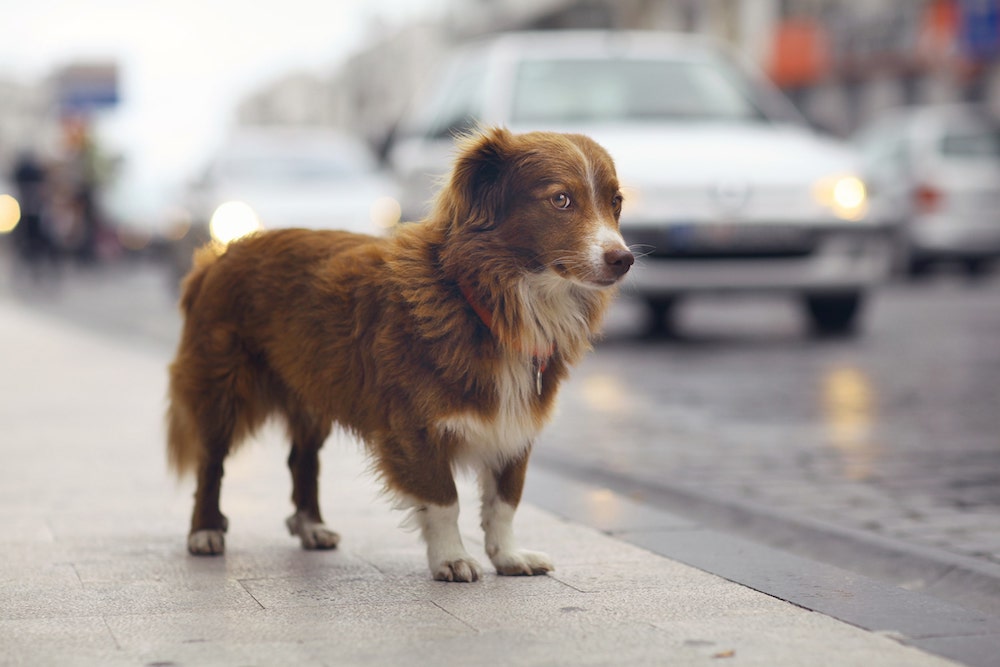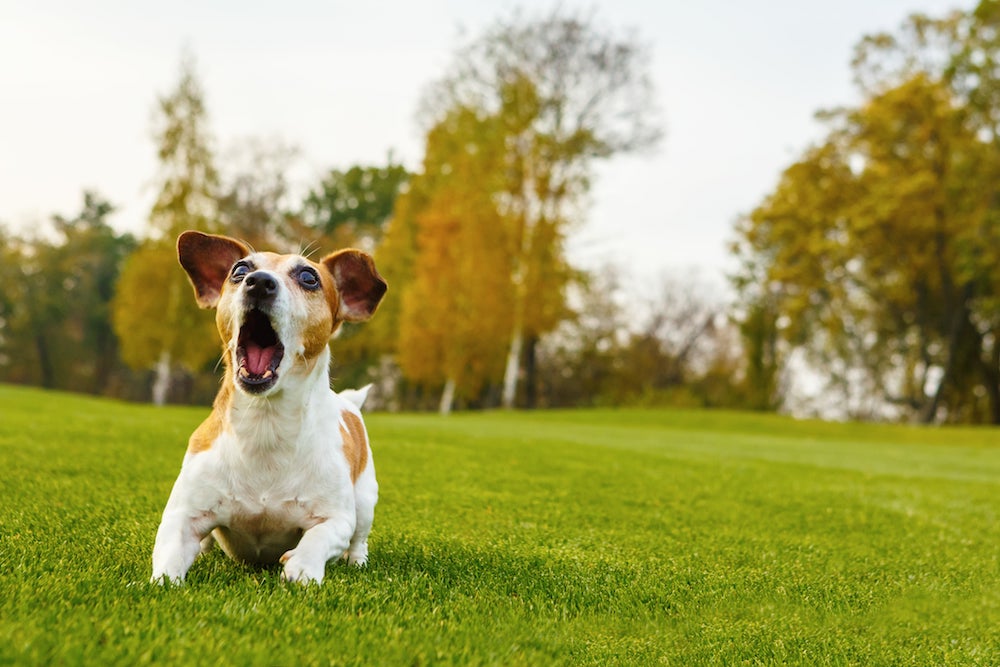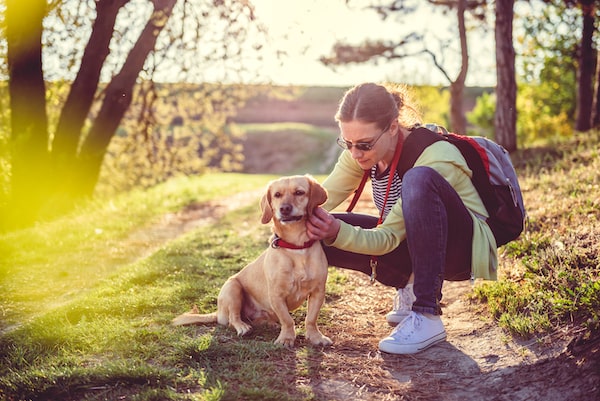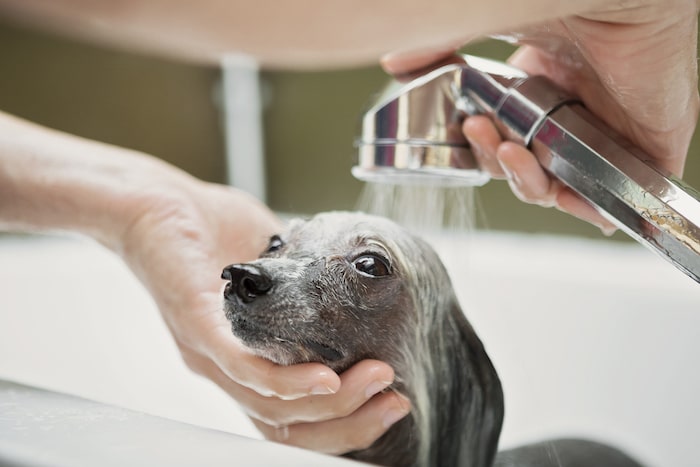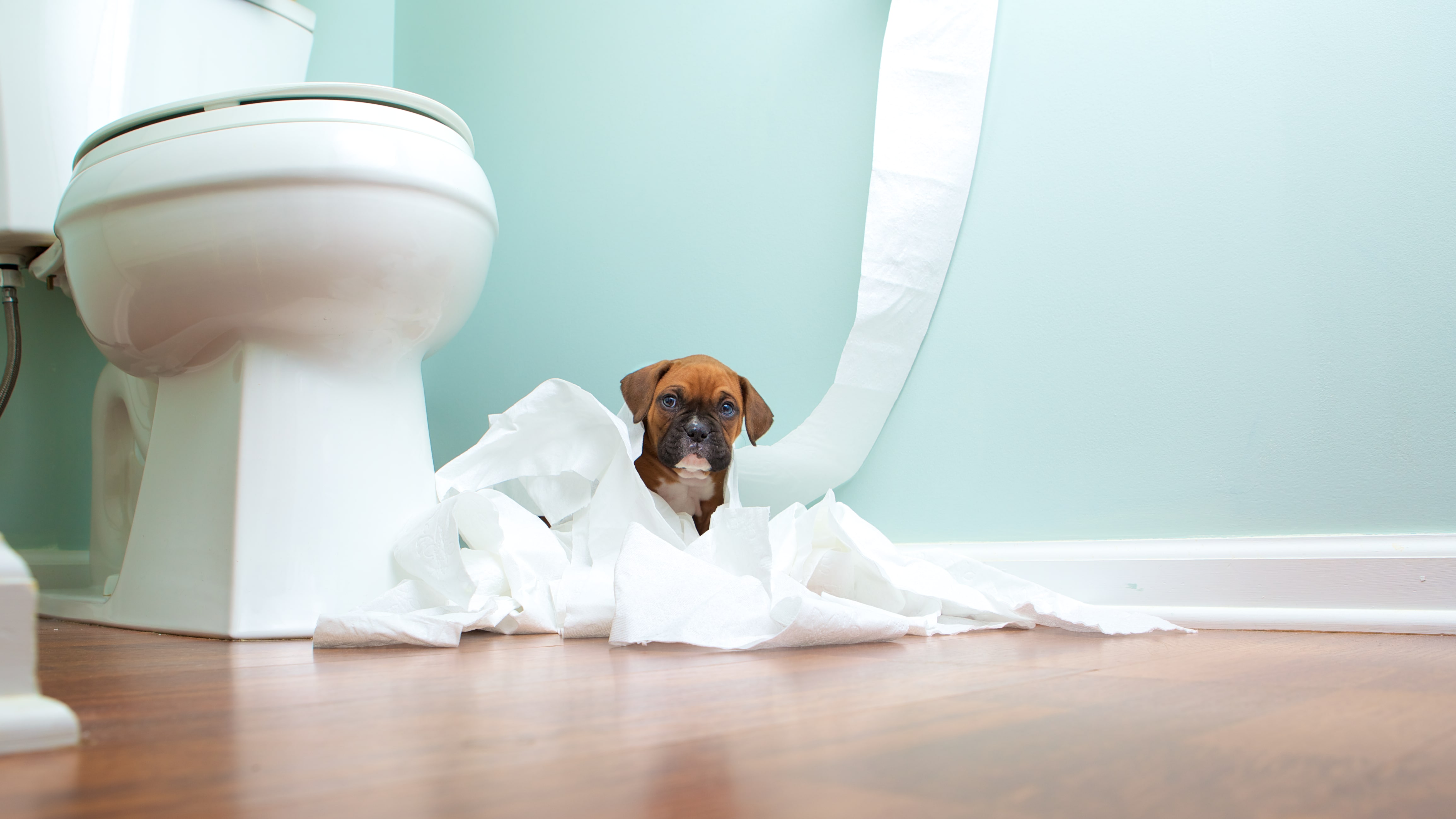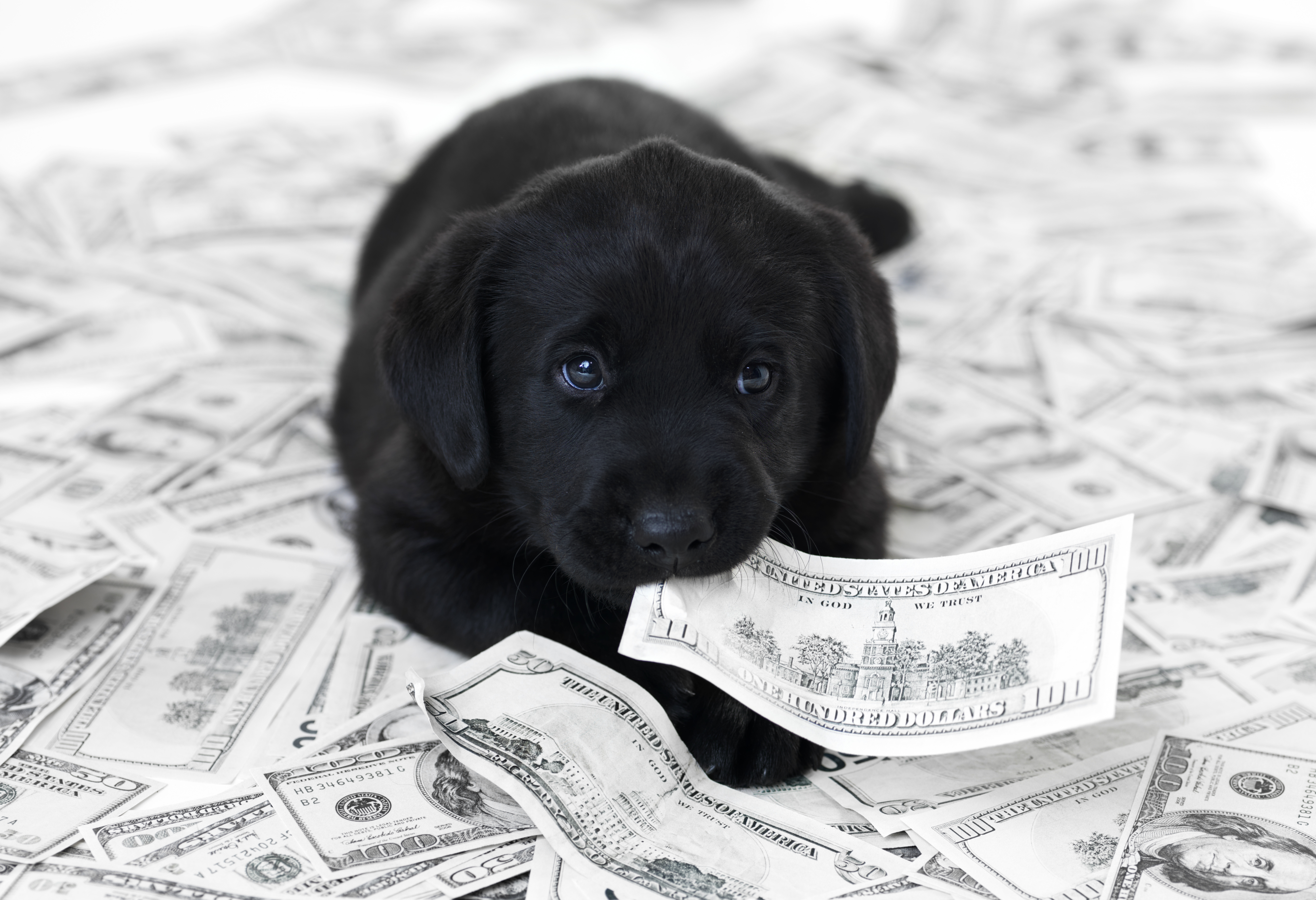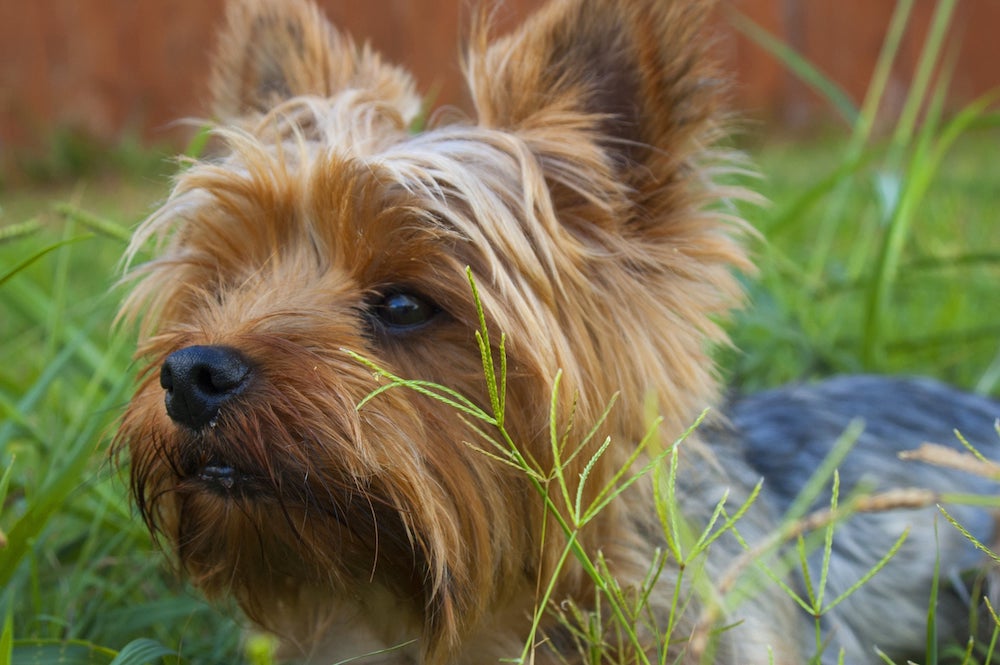
How to Take Care of Your Dog After Surgery
by Janine DeVault - 10/14/19
Anyone who’s gone through their pet’s surgery will tell you that the worst part is the post-op recovery time. If dogs could talk, they’d surely say the same. Dog surgery is a bummer for you and your pet. Not only is your pup forced to wear the dreaded “cone of shame,” but it’s likely his mobility will be limited. Worst of all, depending on the surgery, recovery can be painful. While a certain level of pain is tolerable, it’s important that you keep a close eye on your dog to ensure he’s not suffering any more than necessary.
In this article we’ll offer our best tips for keeping your dog comfortable post-op to ensure a speedy recovery. We’ll also share what you can give your dog for pain (and what you can’t give him) if you sense that he’s suffering.
Helping Your Dog Post-Op
In many cases, recovering from surgery is a simple process, and it will take your dog only a few days to get back to normal. Regardless of your pup’s recovery time, there are a few things you can do to help keep her comfortable throughout the process.
Keep Her Hydrated
One of the most important things to do is ensure your dog stays hydrated. If she’s completely immobile after surgery, she won’t be able to wander over to the water dish as usual. Make sure you give her the opportunity to drink water regularly.
Give Him Extra Potty Breaks
During surgery your dog was likely flooded with a series of medications and fluids, which means he may need to urinate more than usual, especially right after his surgery. Again, it’s important to create opportunities for him to urinate, as he may not have the energy to go outside when nature calls. Be prepared to carry your dog outside every couple of hours if he can’t walk on his own.
Monitor Your Dog’s Wound It’s really important to carefully follow all instructions from your vet regarding wound care. Keep a close eye on your pup’s incision, and if it appears red, swollen, gooey or has a strong odor, take him to the vet immediately. Make sure the wound stays clean and dry at all times.
Signs Your Dog Is in Pain
While some pain is normal while your dog recovers from surgery, excessive pain should be treated. Since dogs can’t rank their pain from 1 to 10, it’s important that you be able to recognize the signs that your dog is in pain.
If you notice any of the following, there’s a good chance your dog is feeling worse for wear:
- Excessive panting, even when it’s not hot and he hasn’t been exercising
- Shaking or trembling
- Whining
-
Restlessness
What Can You Give A Dog for Pain?
Once you’ve established that your dog is in excessive pain, it’s time to ease his suffering. It’s really important to consult your veterinarian before administering any medication to your dog, unless you’ve already received instruction to do so. Remember, human drugs are not recommended for canine consumption and may even be toxic to them. So, don’t share anything from your medicine cabinet with your pup. Speak to your veterinarian and have them assess your dog to determine the cause of his pain. Once the cause is known, the vet will determine a treatment plan, which will likely involve administering some form of pain medication. Pain in dogs can be treated with non-steroidal anti-inflammatory drugs (NSAIDs), Tramadol, Gabapentin or even supplements, depending on the severity.
Surgery is hard on dogs and their owners. Nobody wants to see their furry friend suffer, but it’s important to leave your dog’s pain management up to your veterinarian. If your dog is about to go through surgery, be sure to talk to your vet about pain management. Ask for tips on how to determine your dog’s pain levels and about red flags you should look out for after surgery. As always, staying informed is a surefire way to give your pup the best care.
Janine DeVault is a pet writer, animal rescue advocate and former celebrity dog walker. She lives in Mexico with her three rescue pets, Maia, Fozzy and Kesi.
References


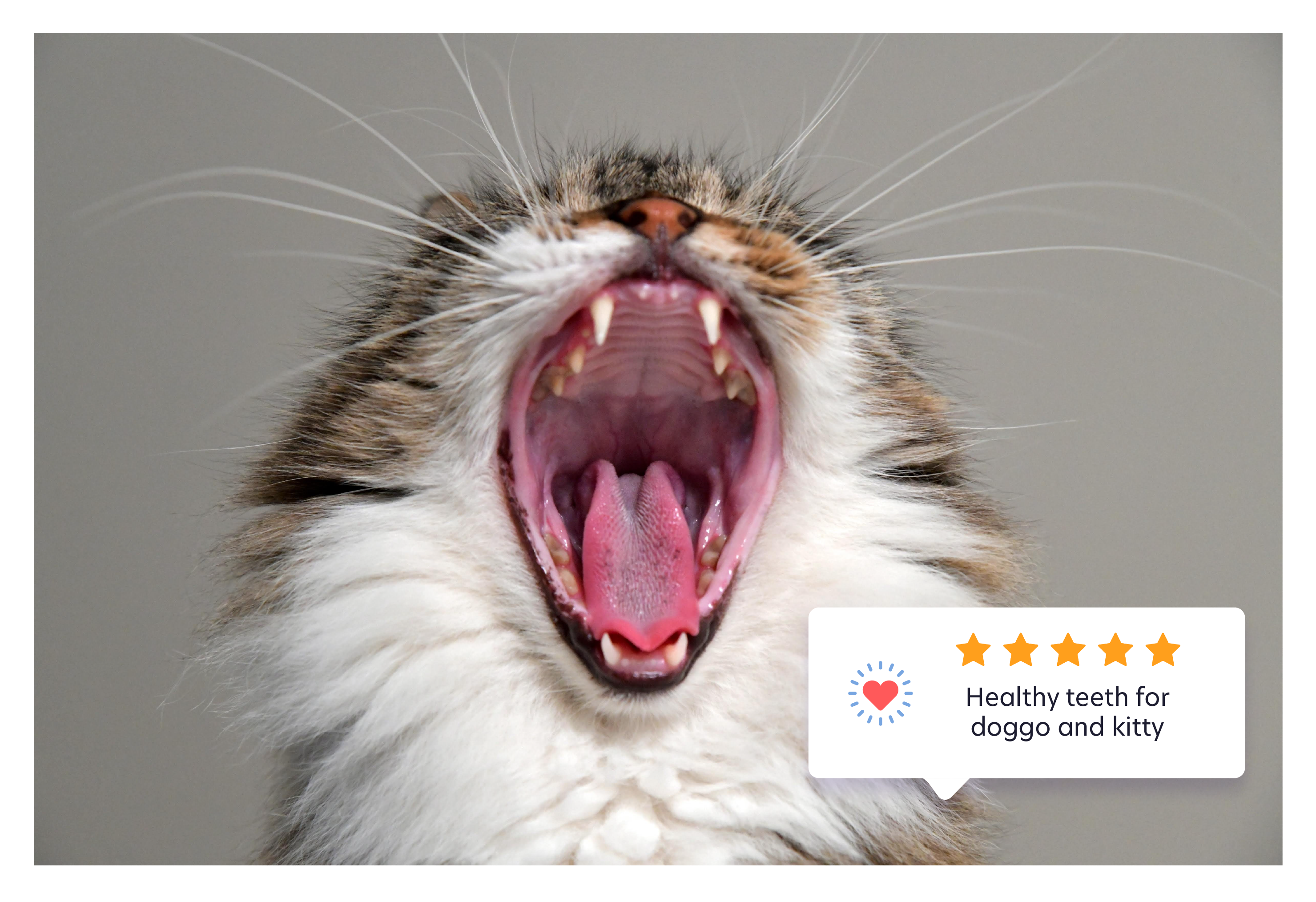

.jpg)
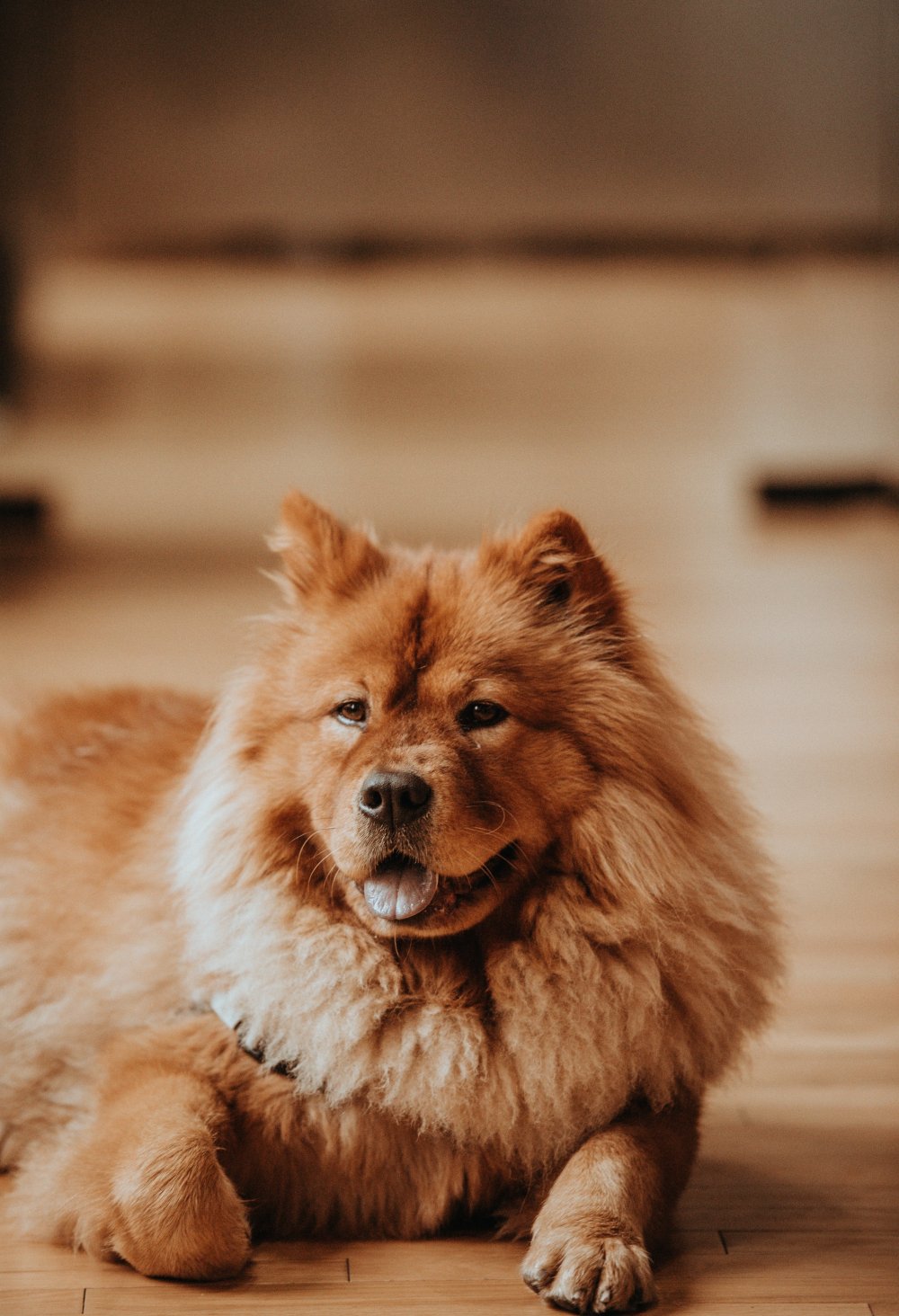
.jpg)
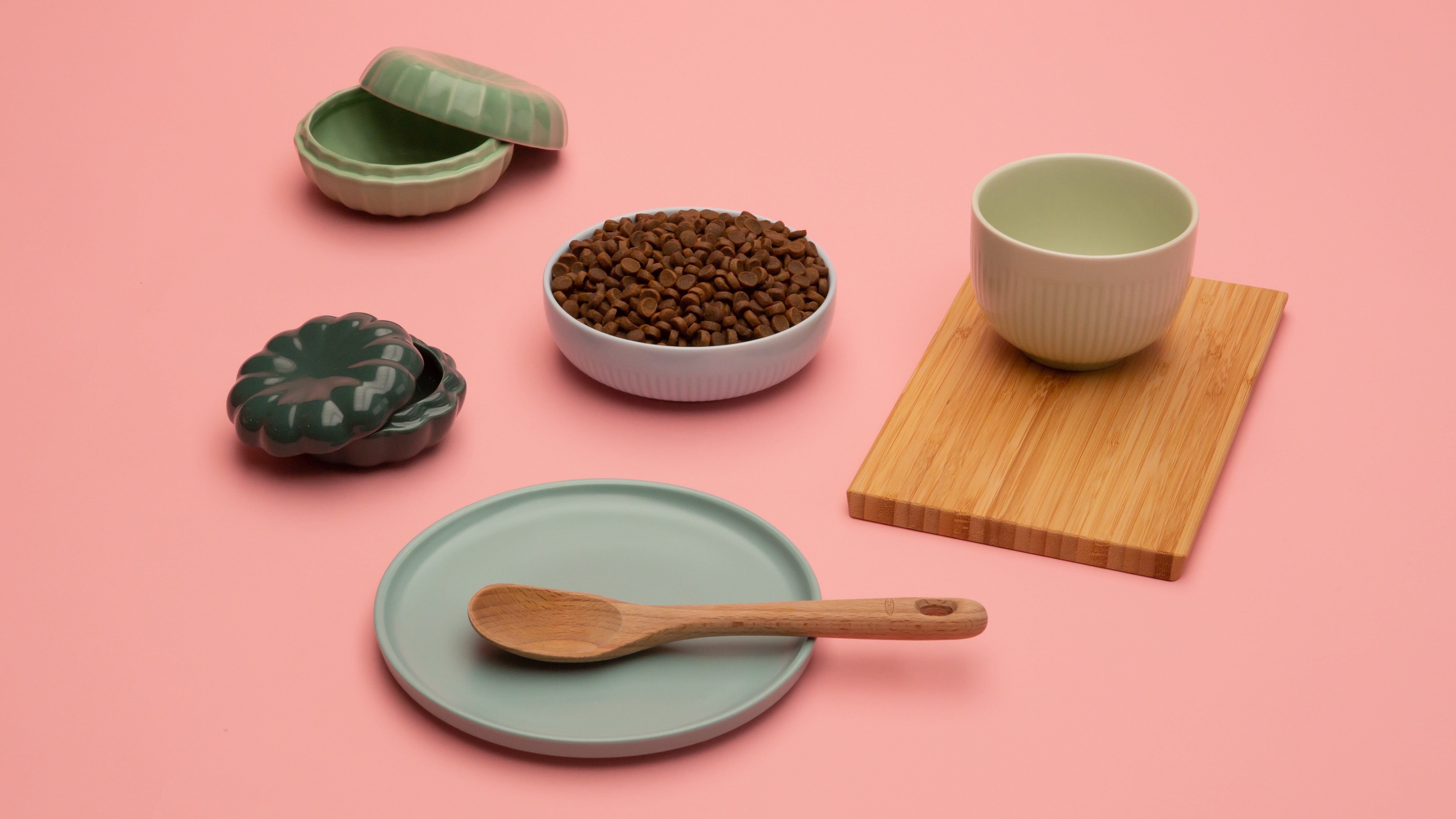
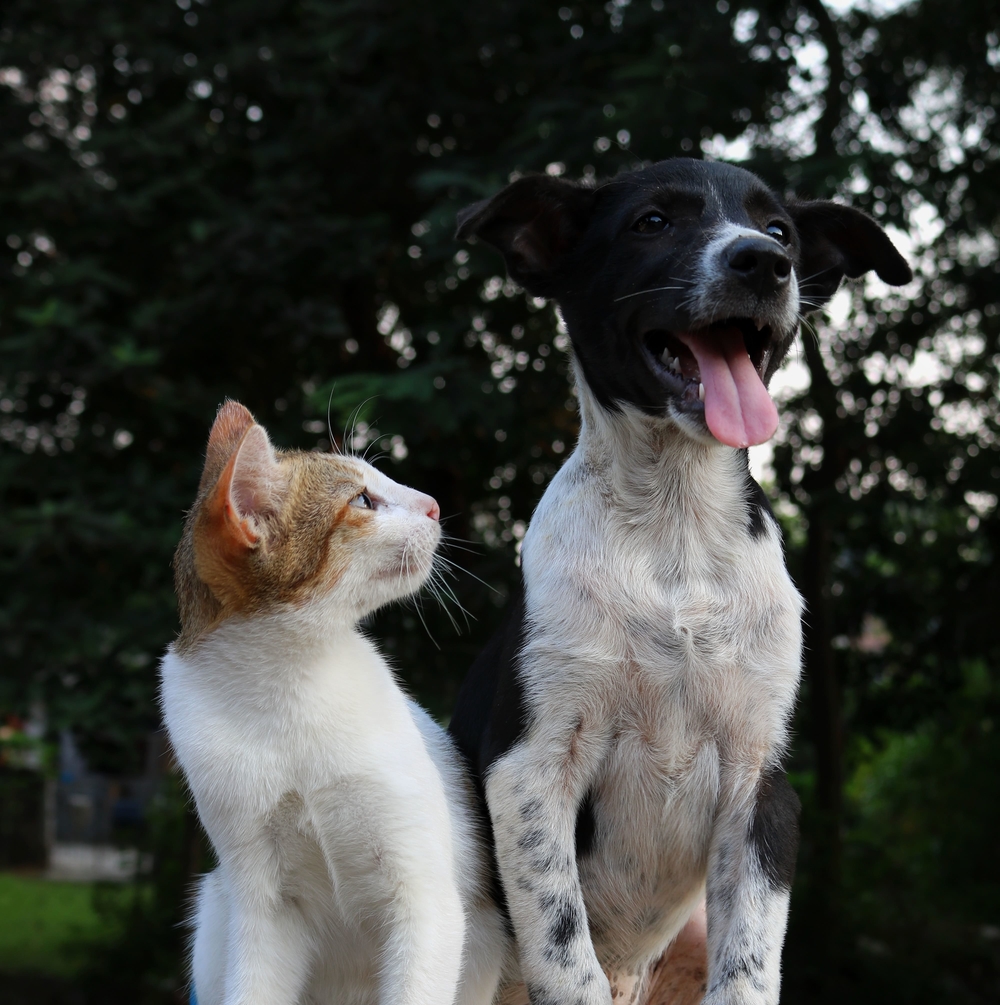

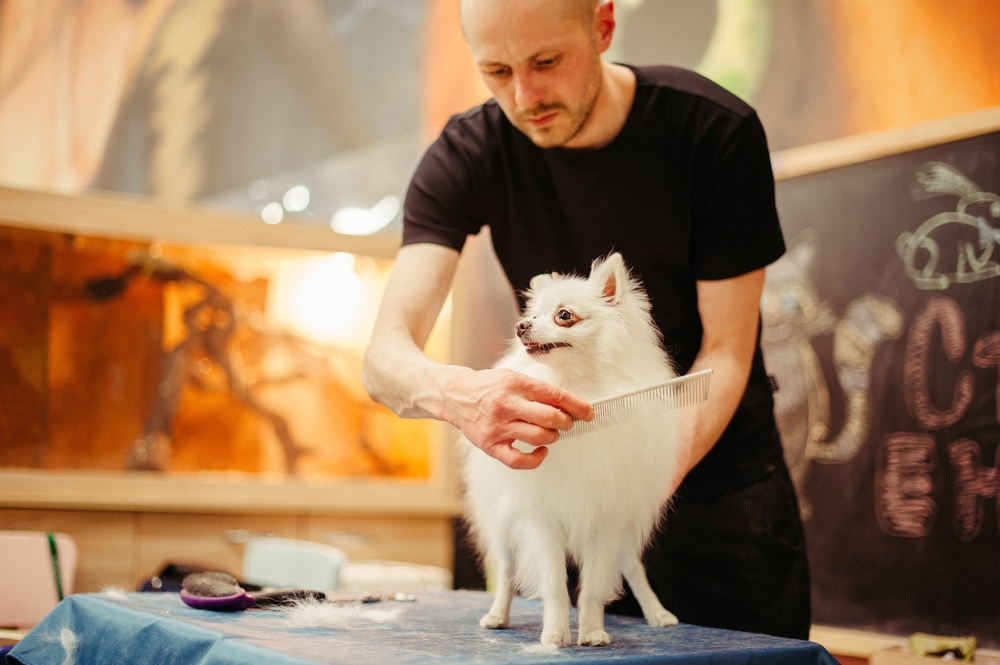
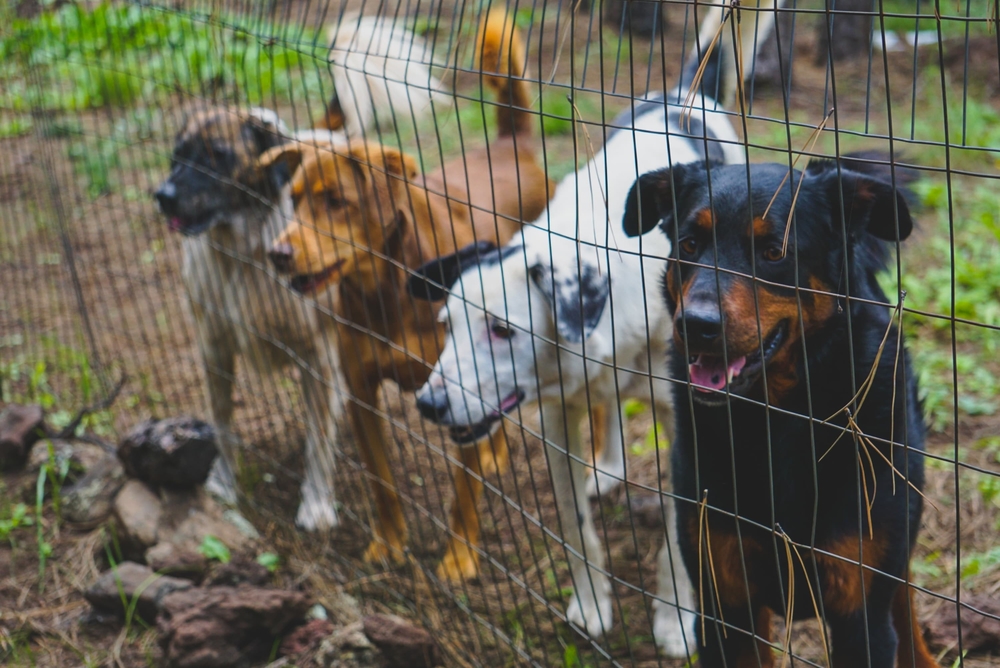




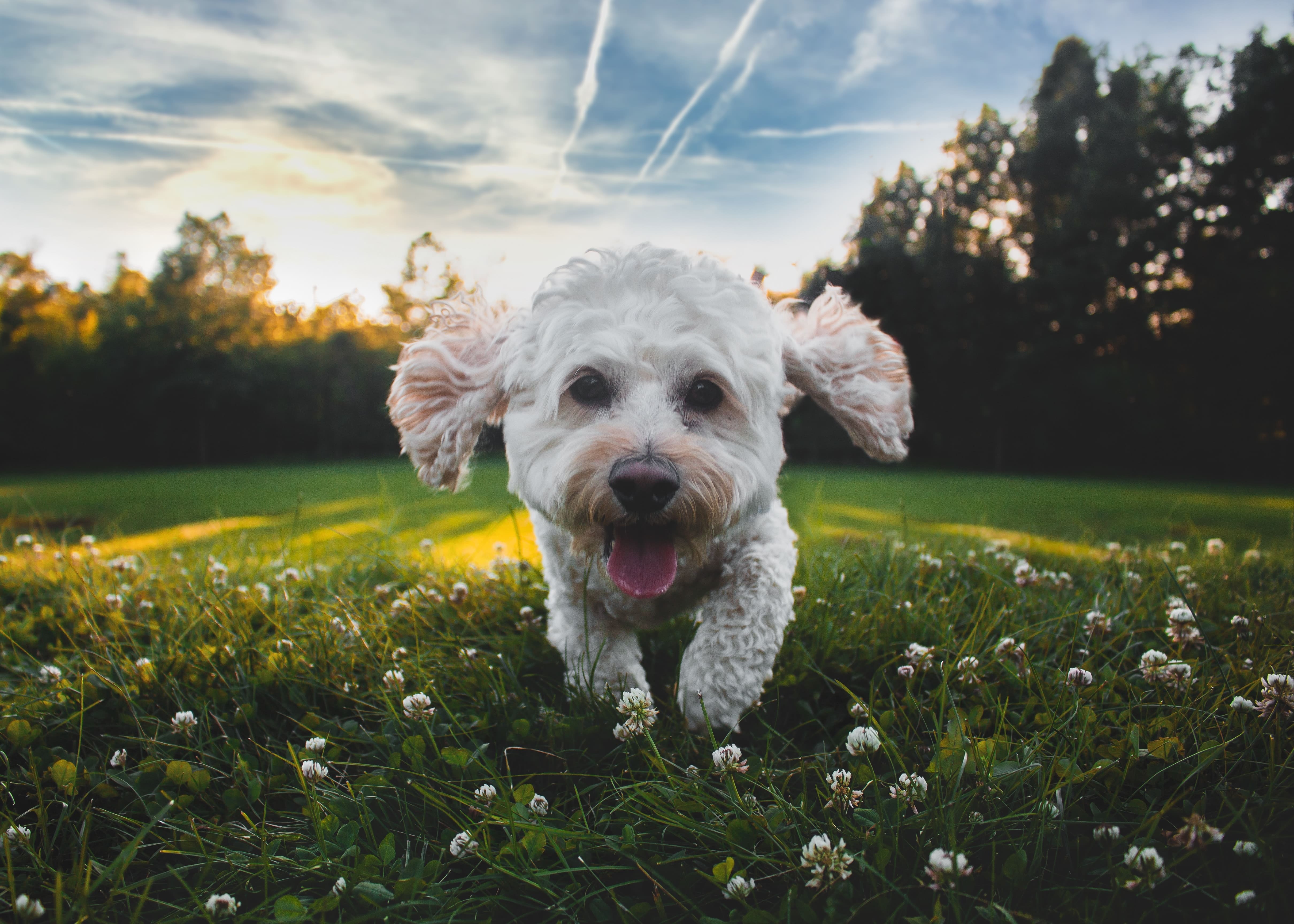

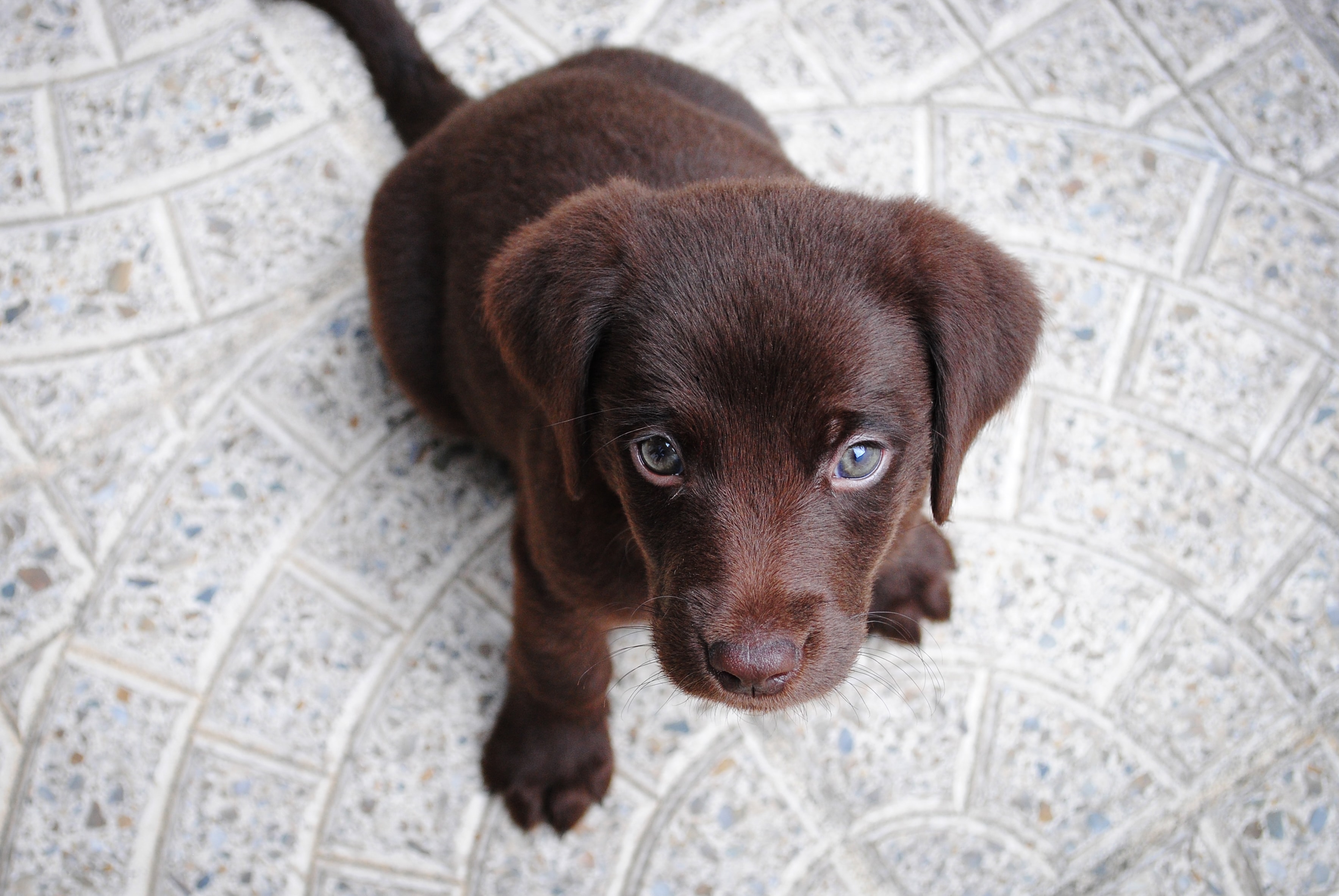
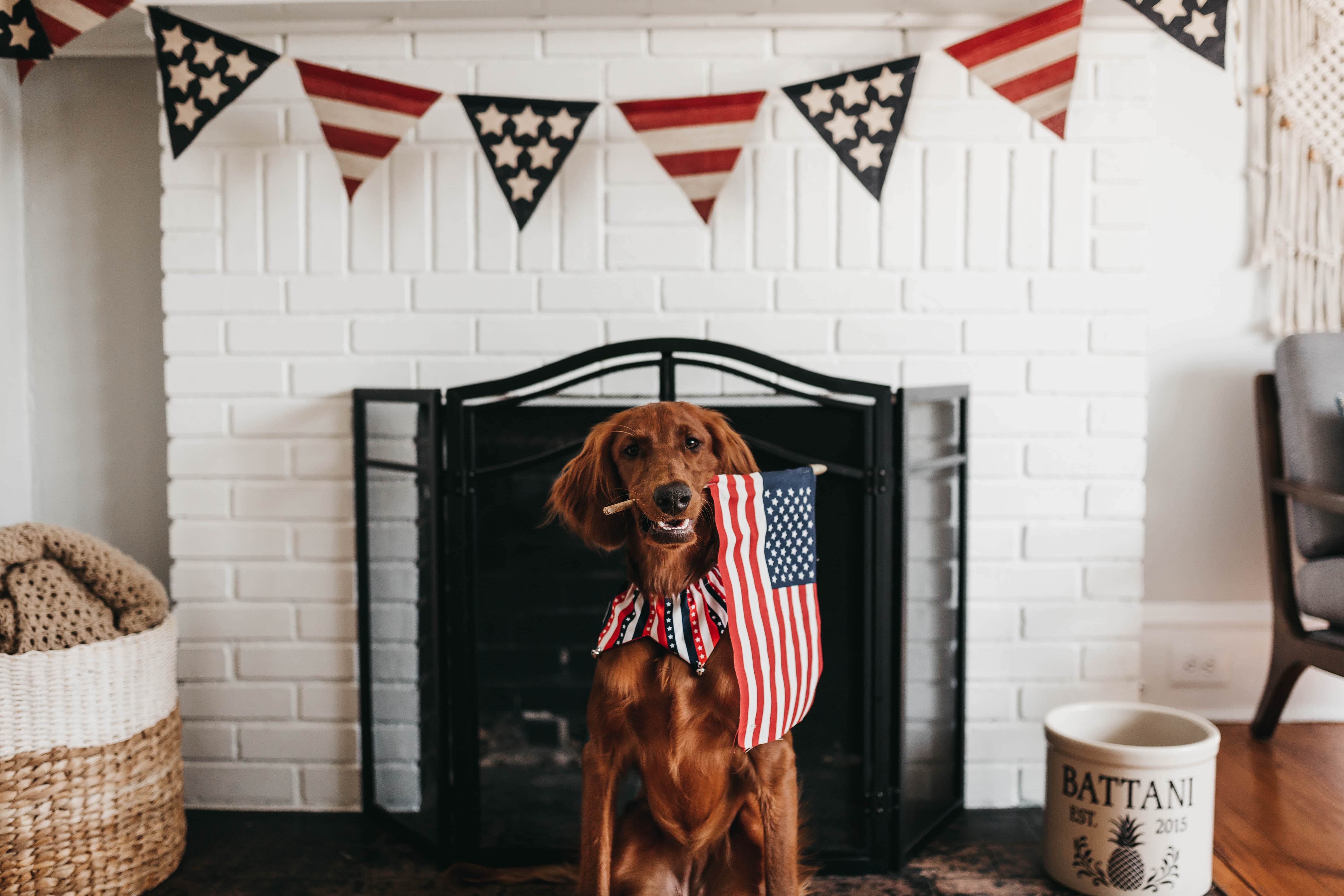
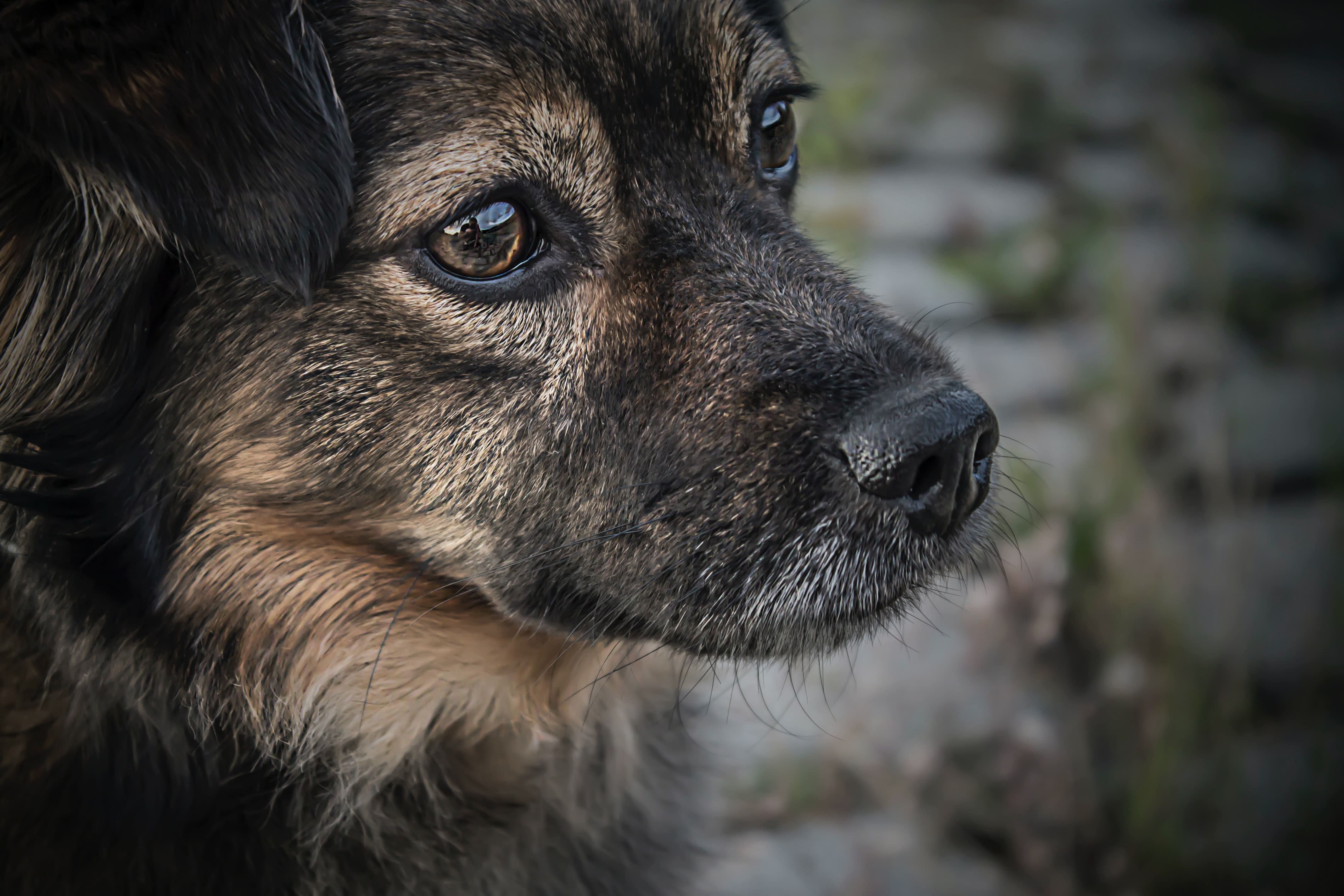


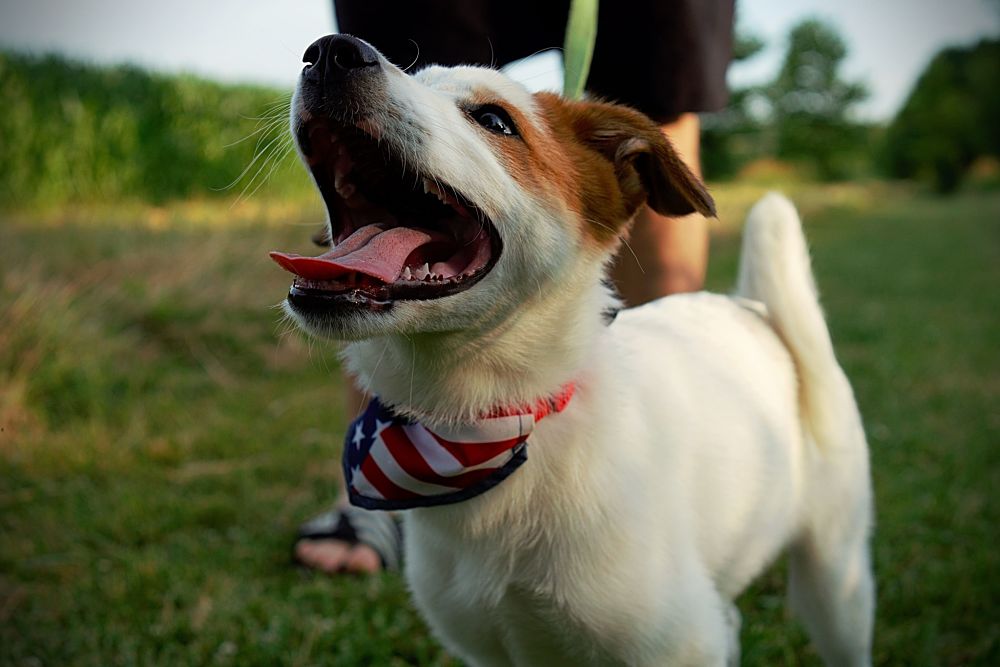


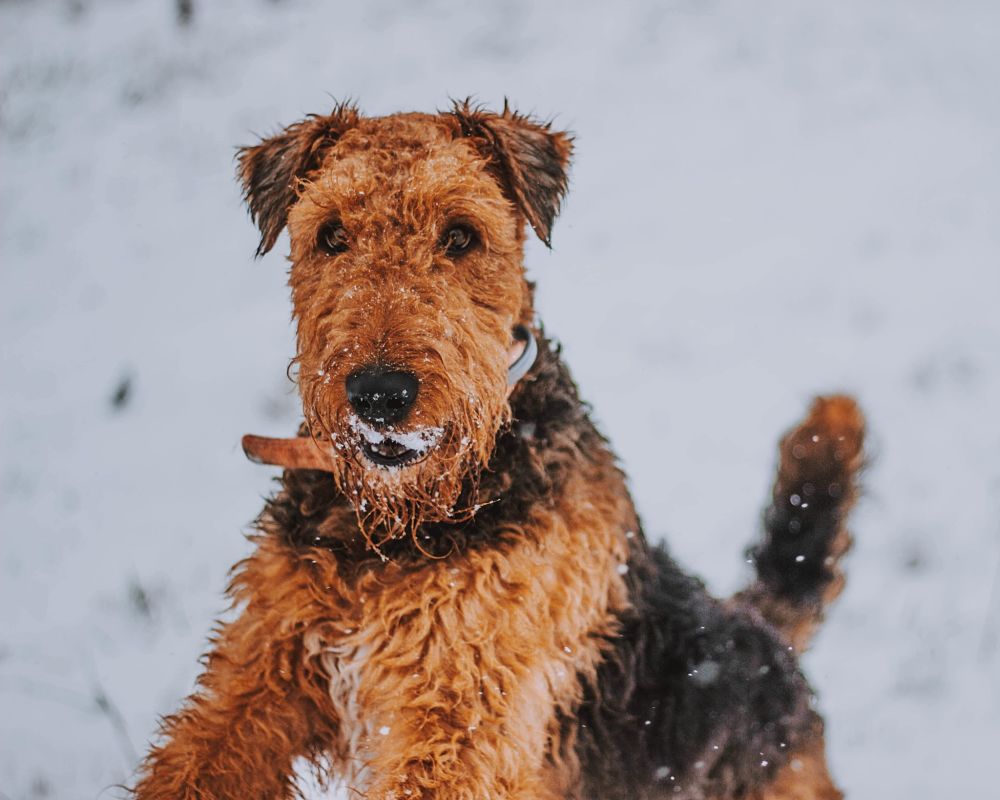
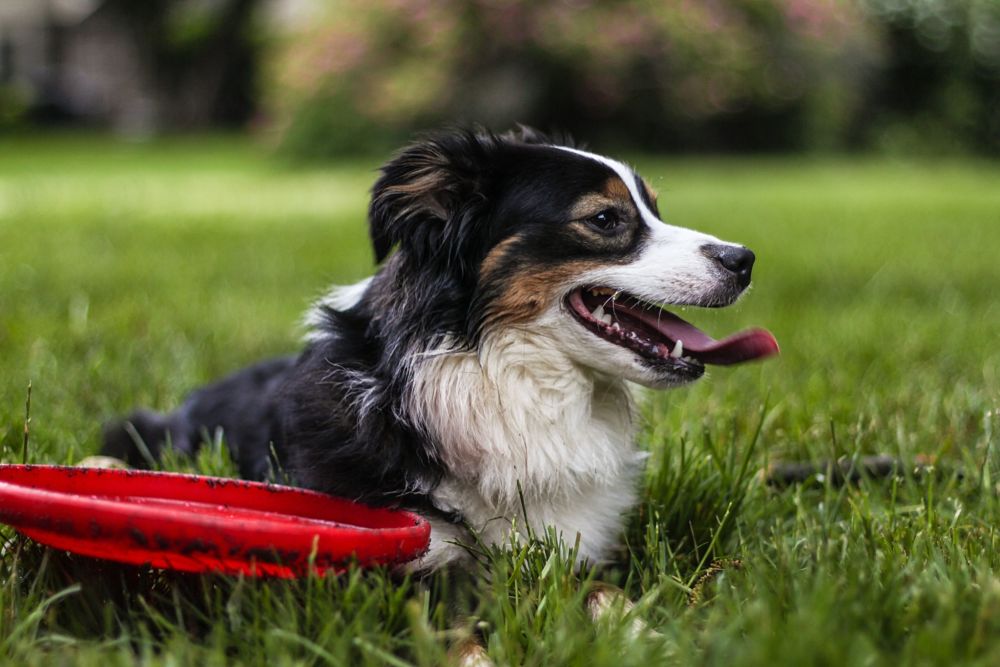


.jpg)
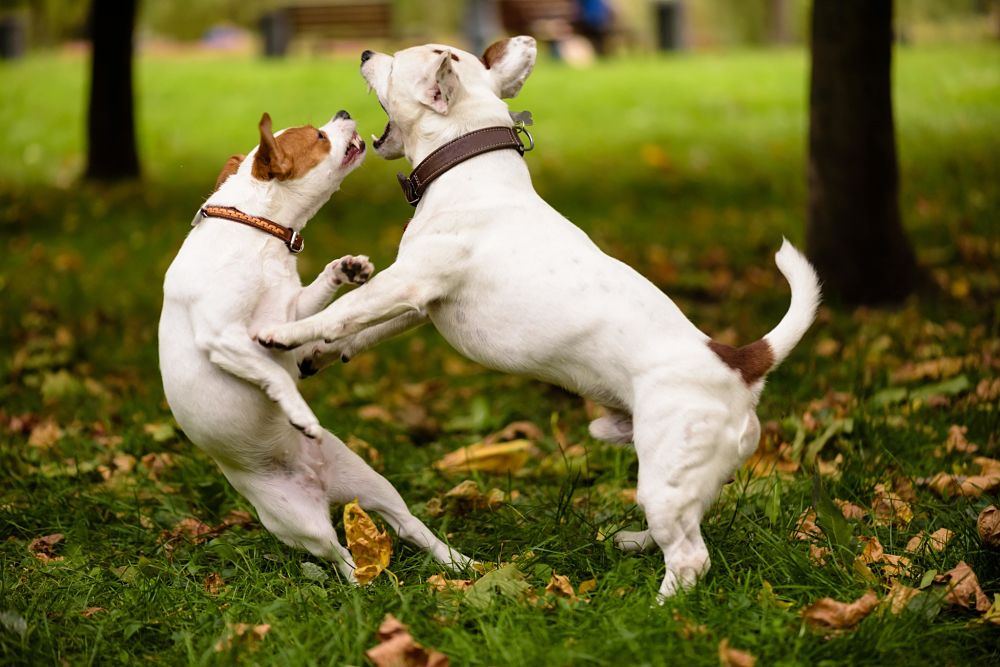
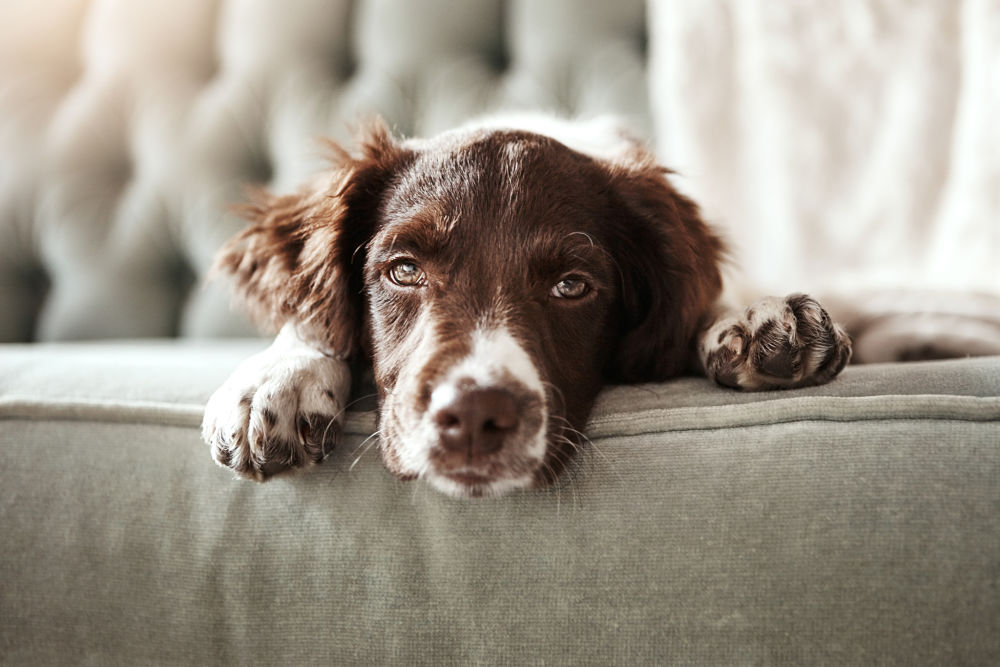
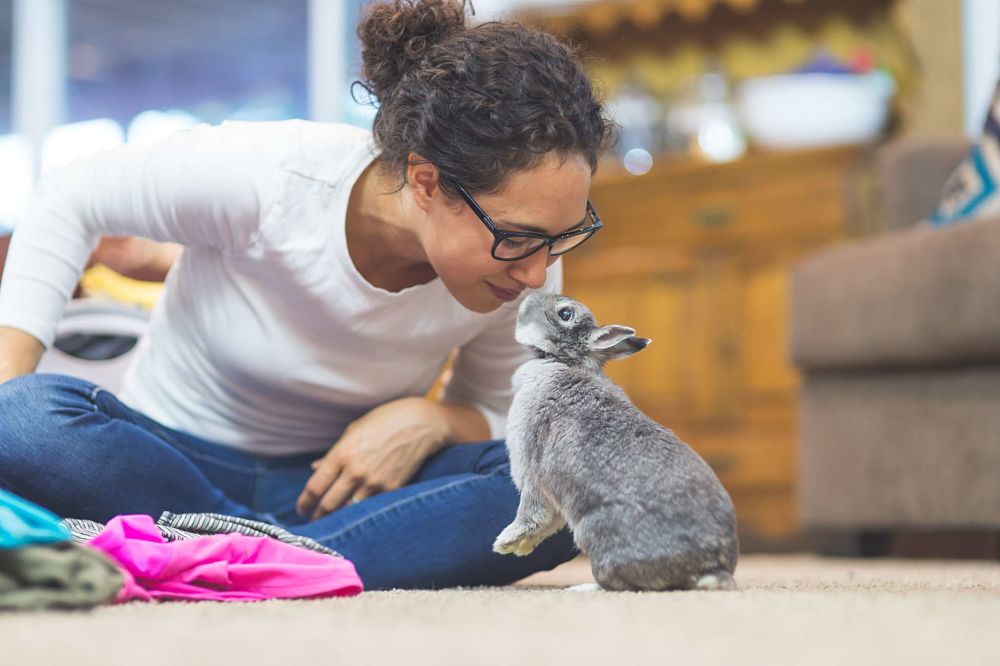
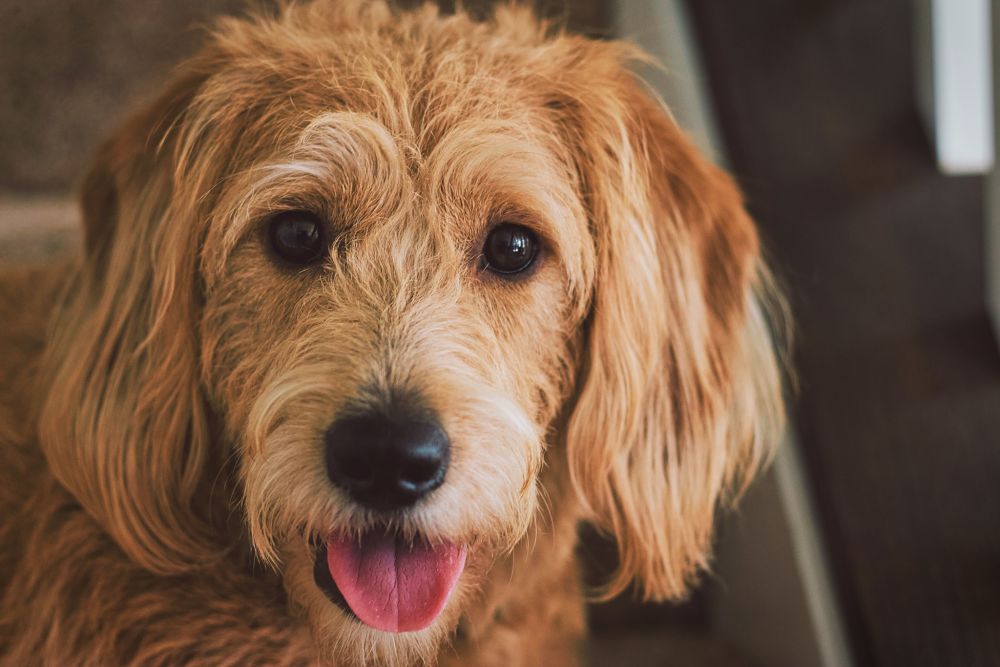
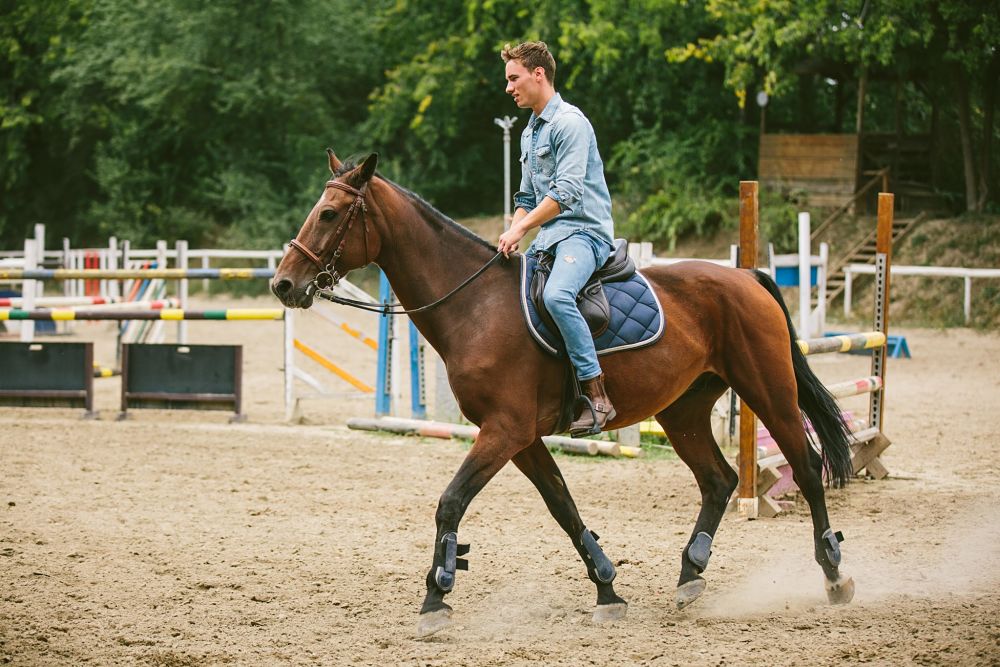

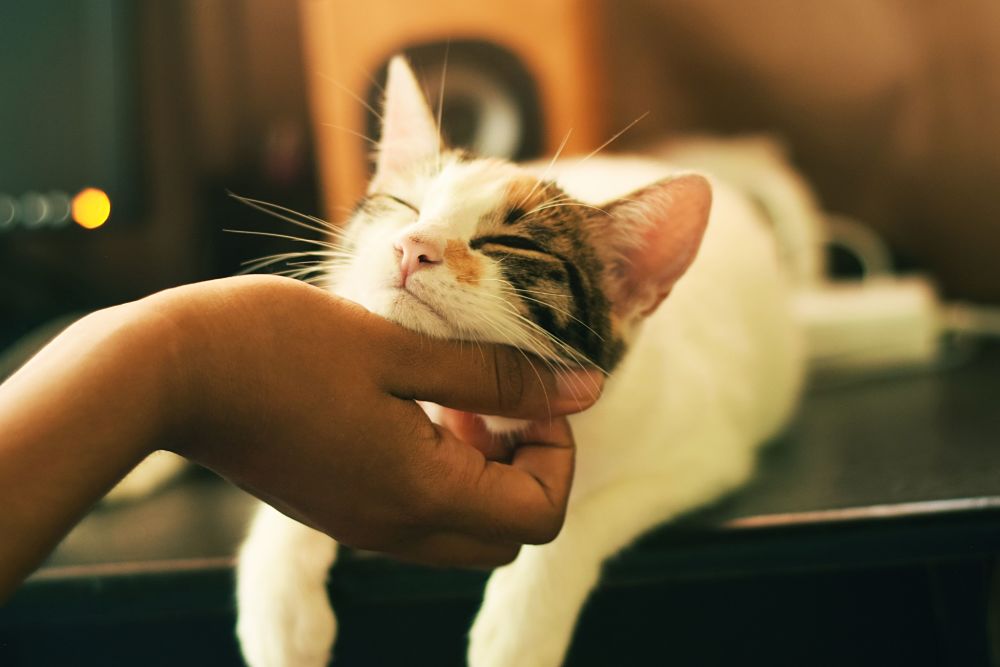
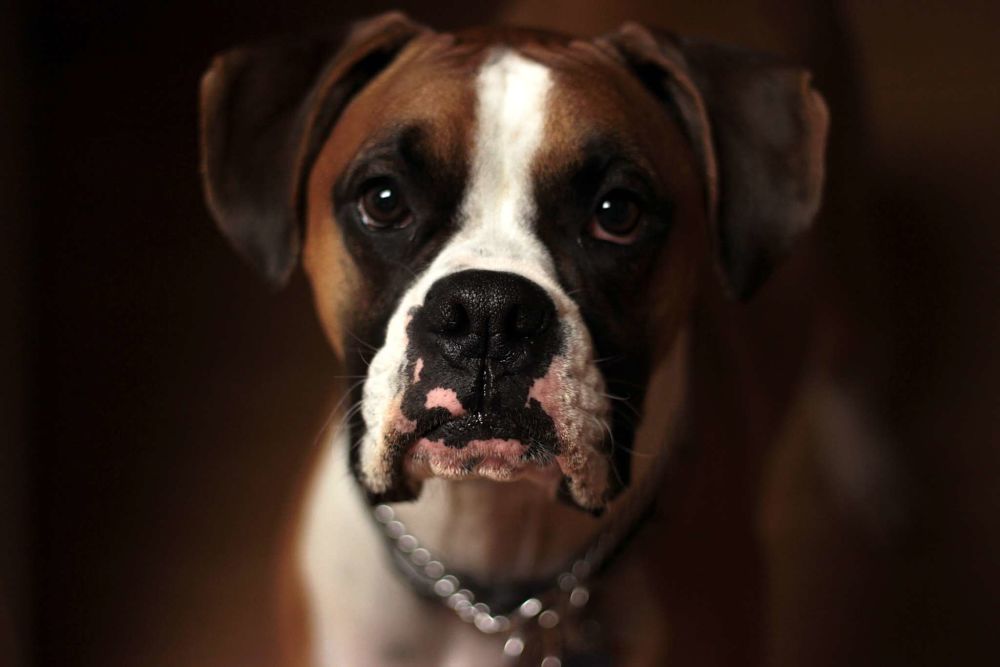

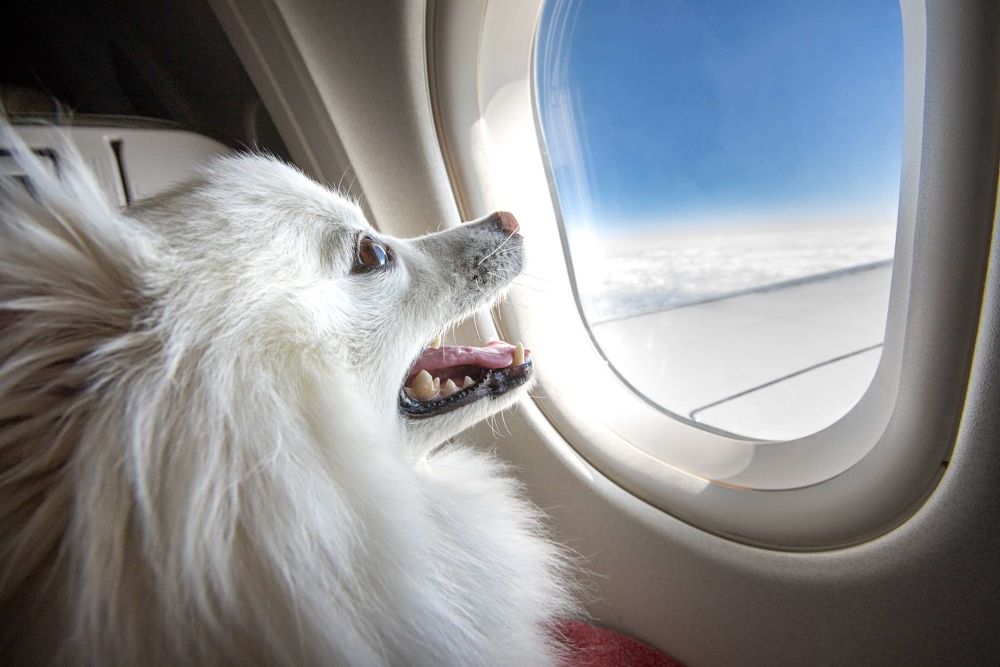
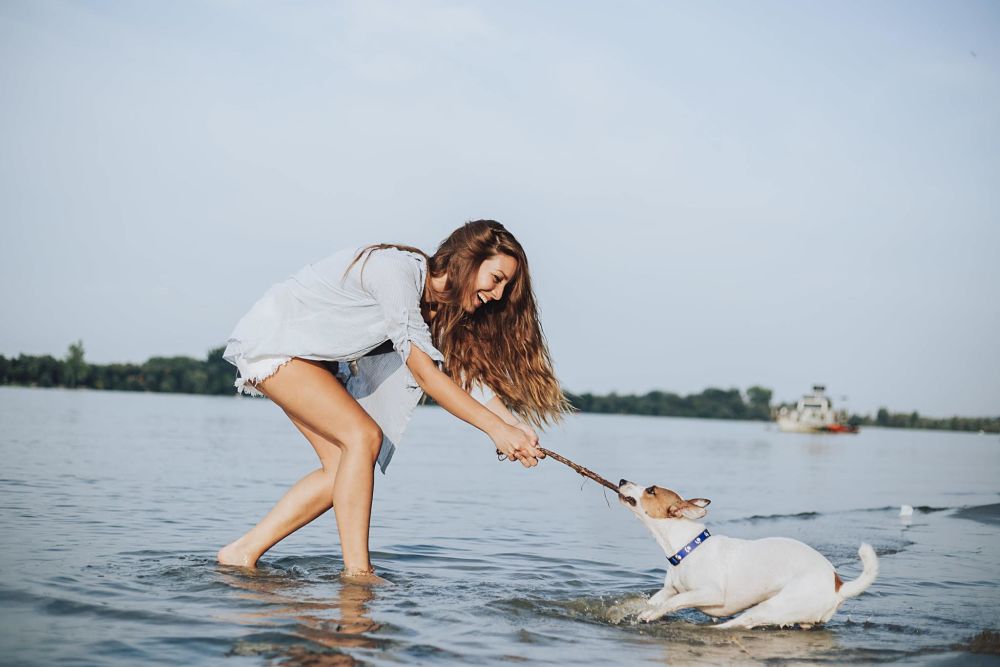


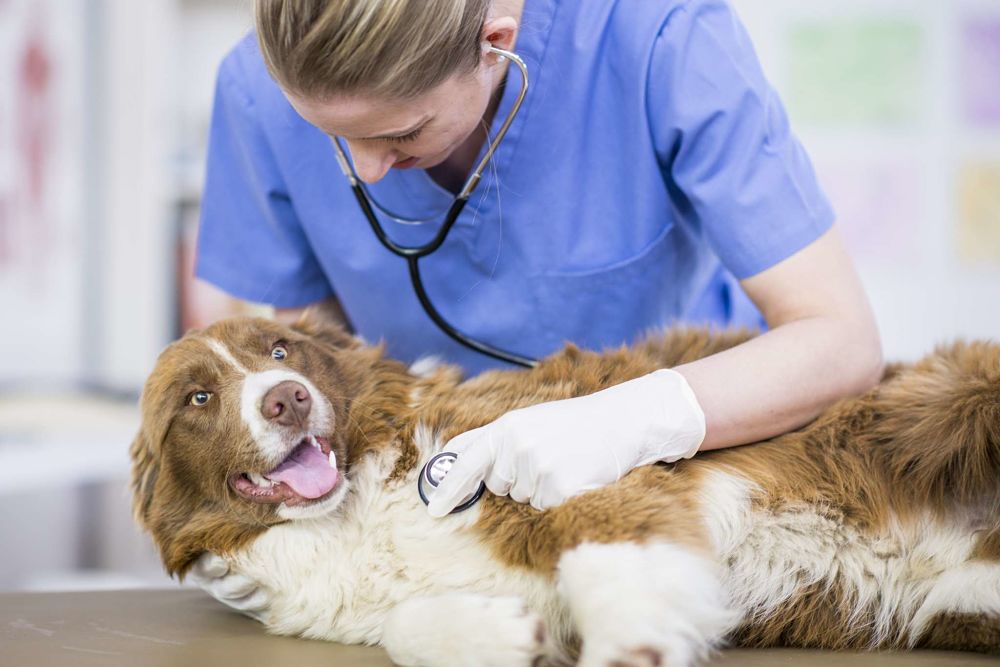




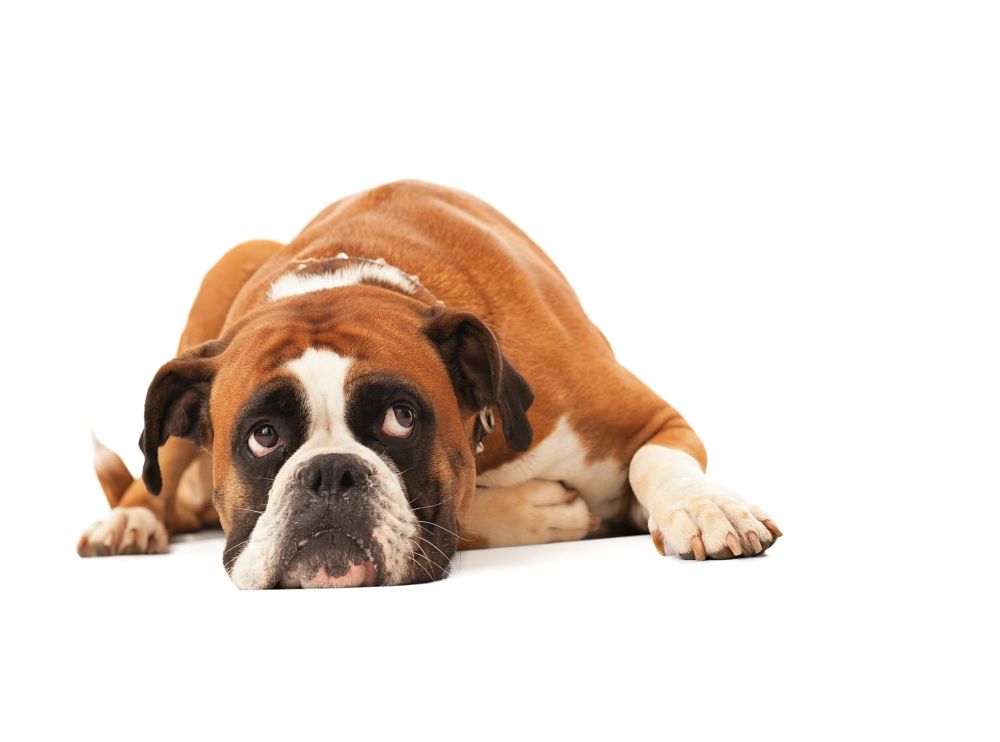
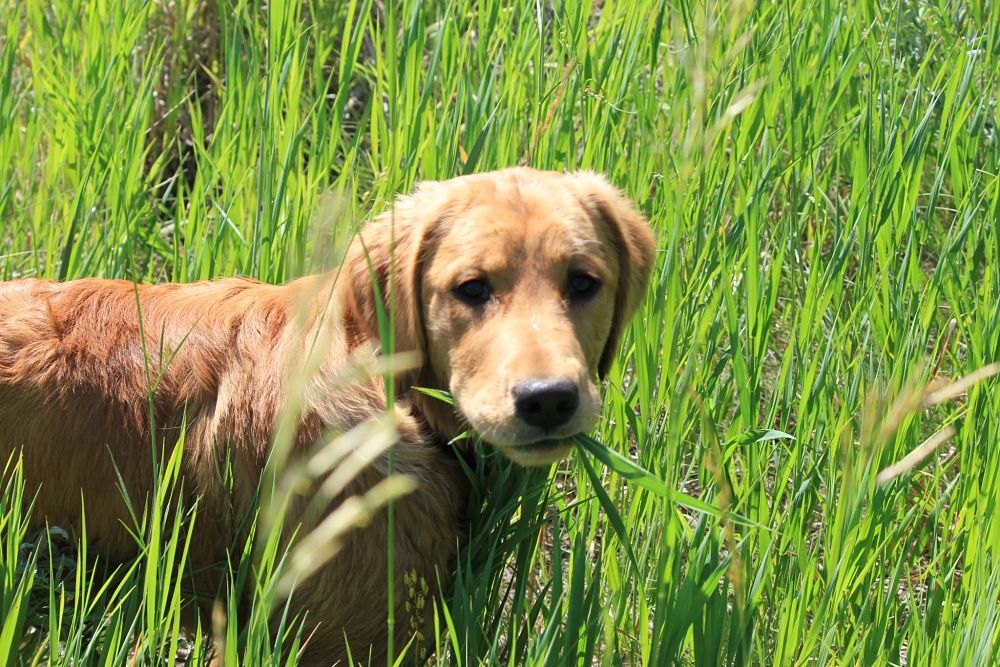
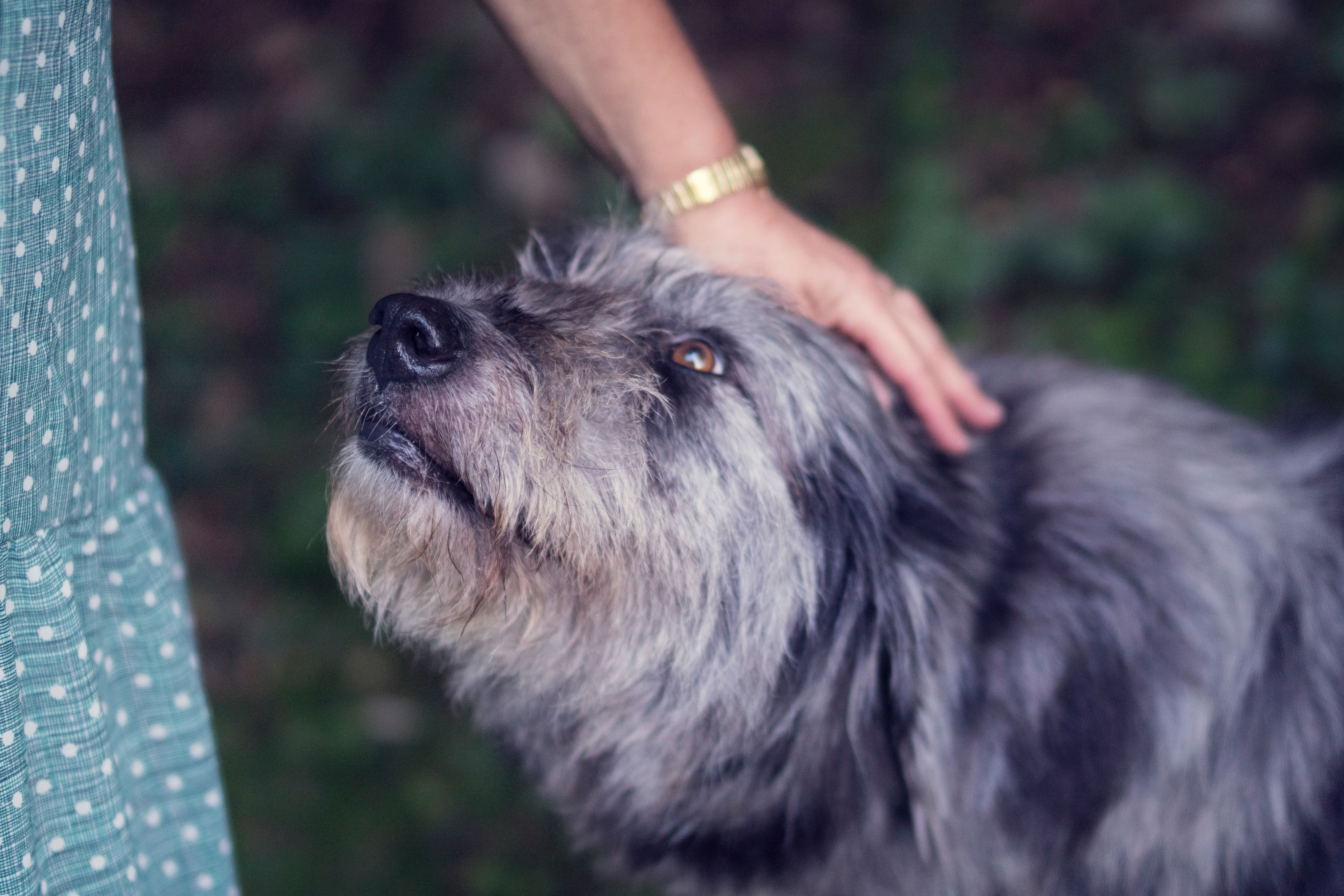

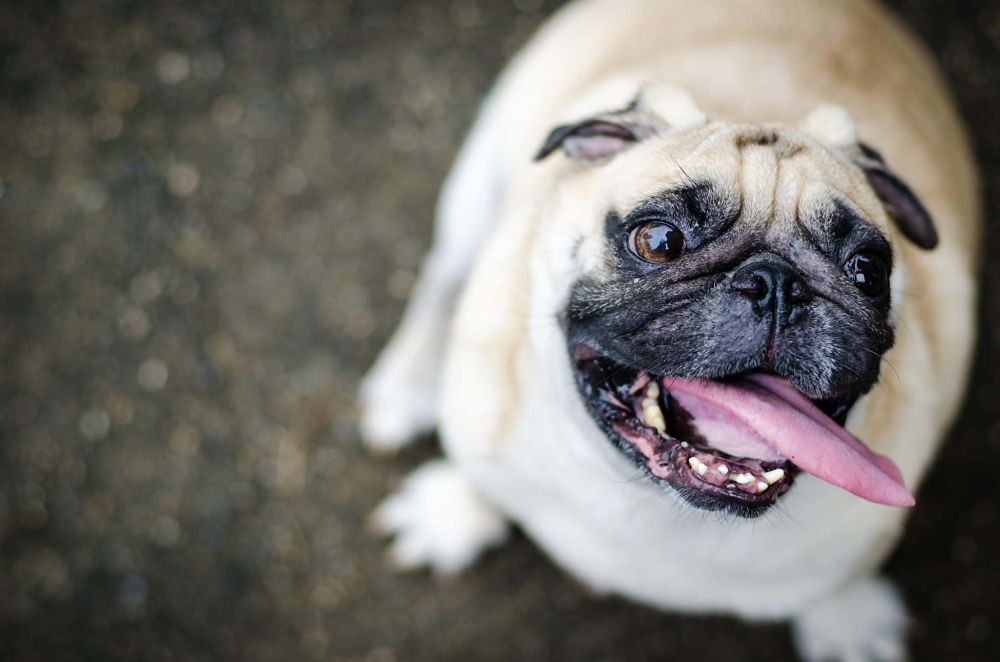
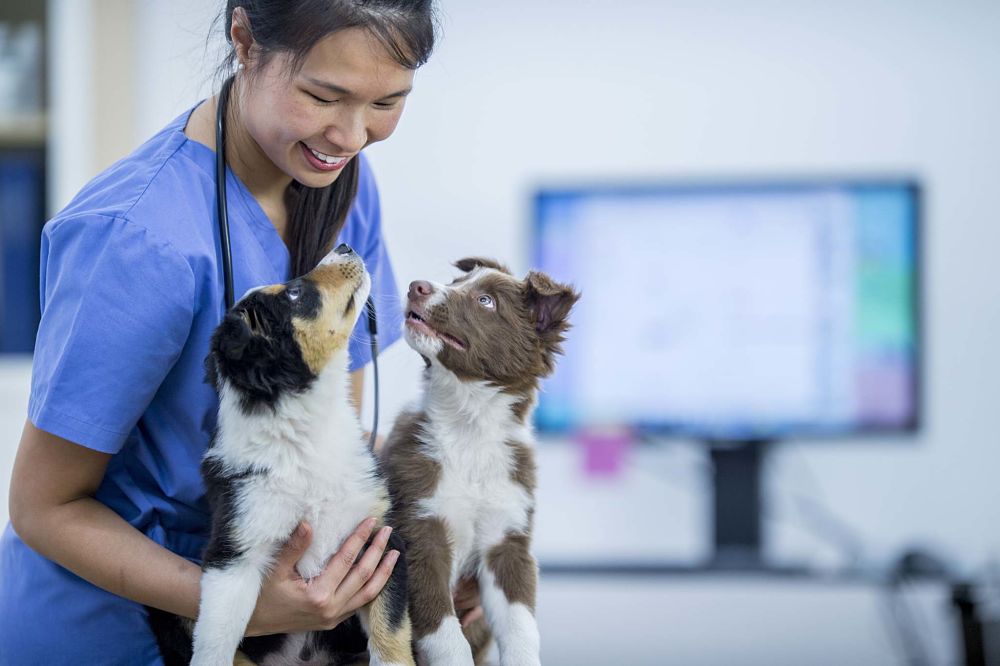
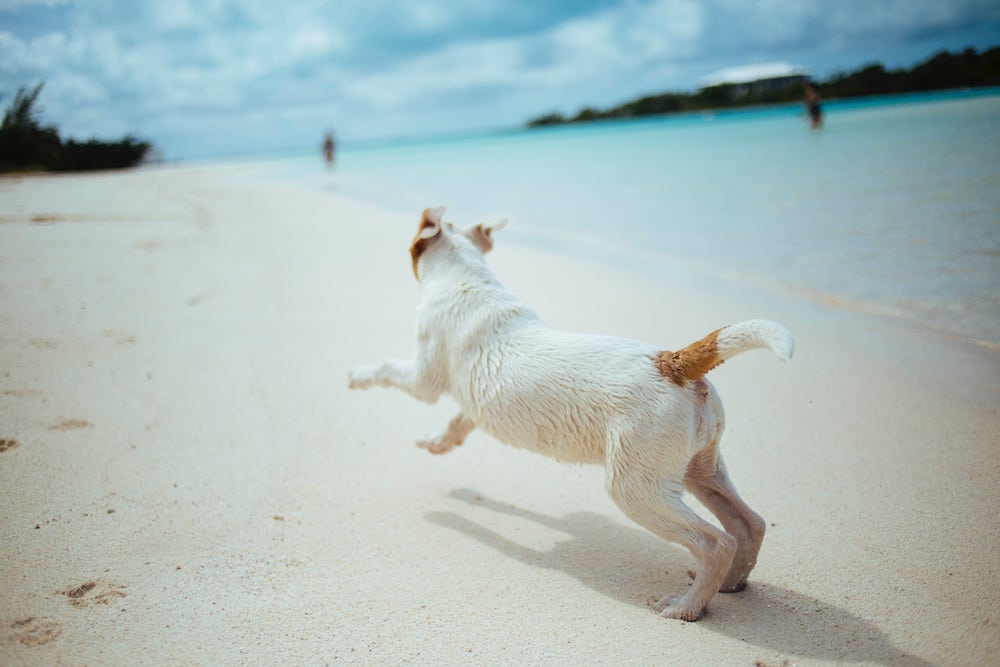

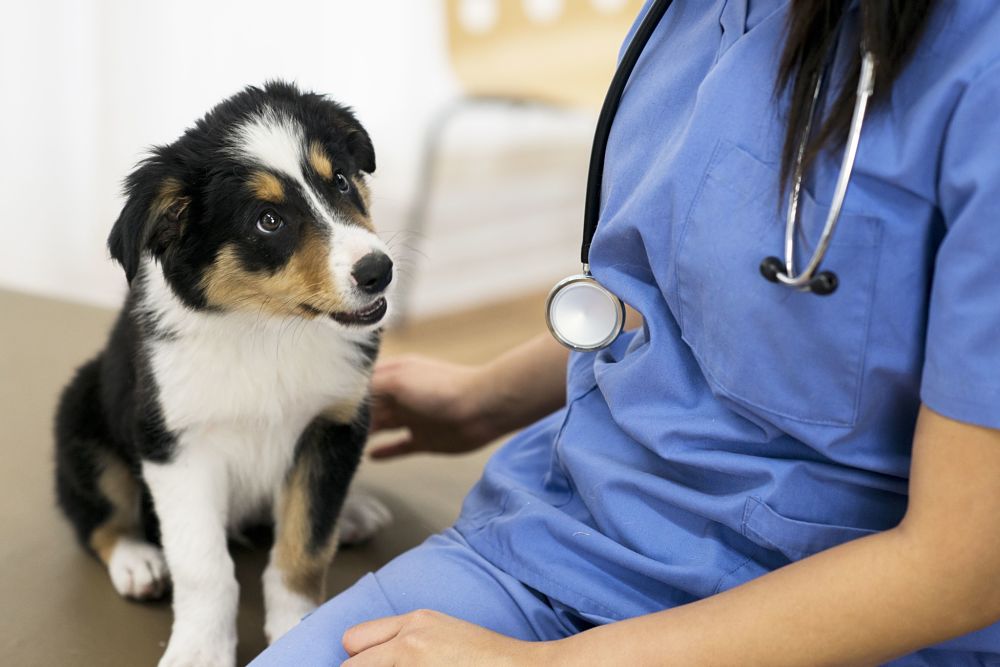
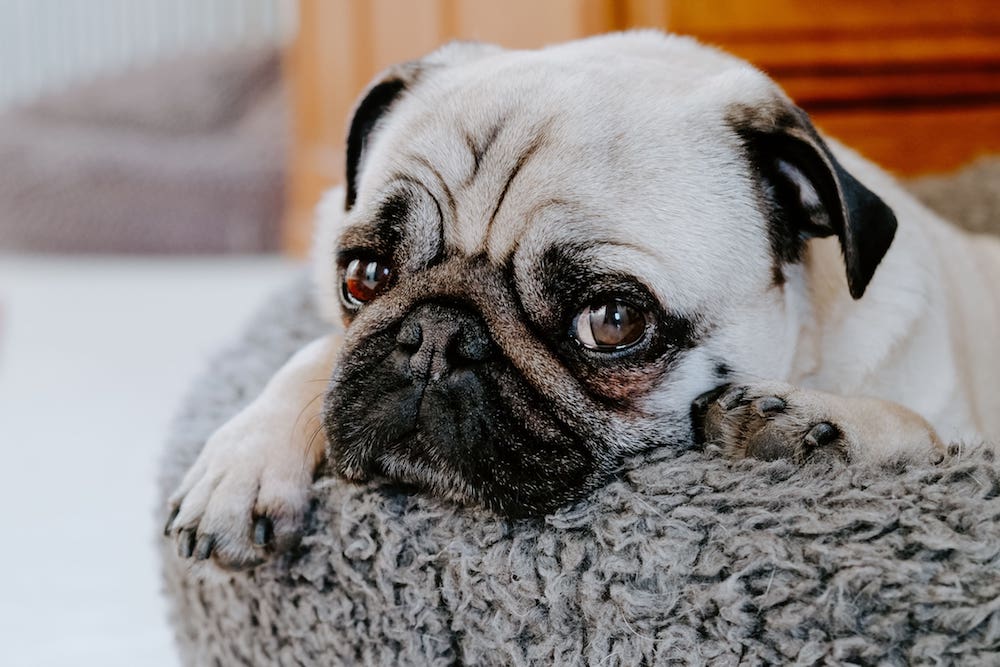
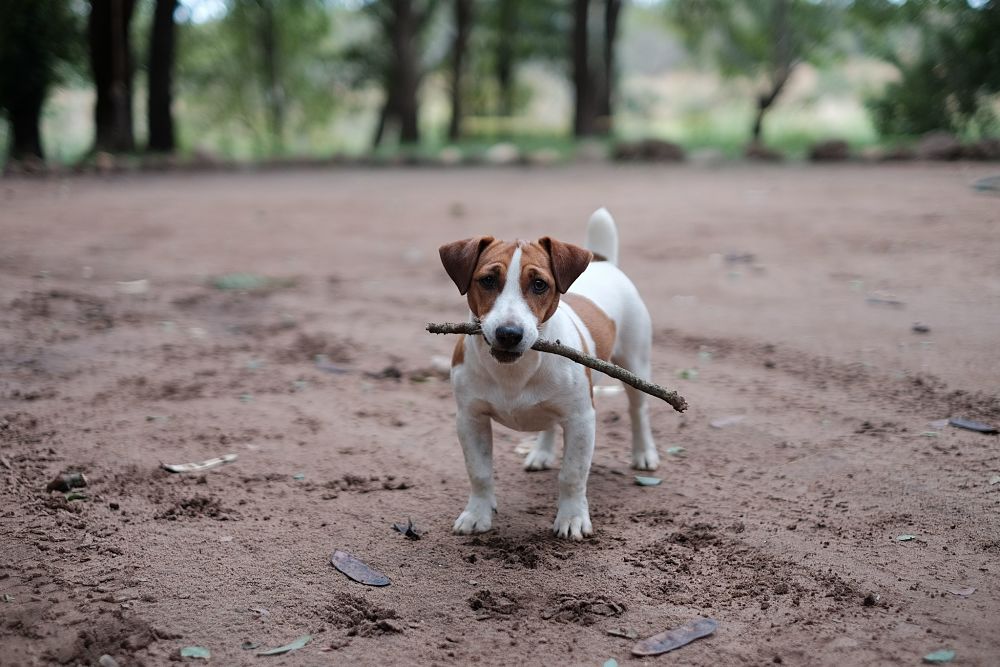

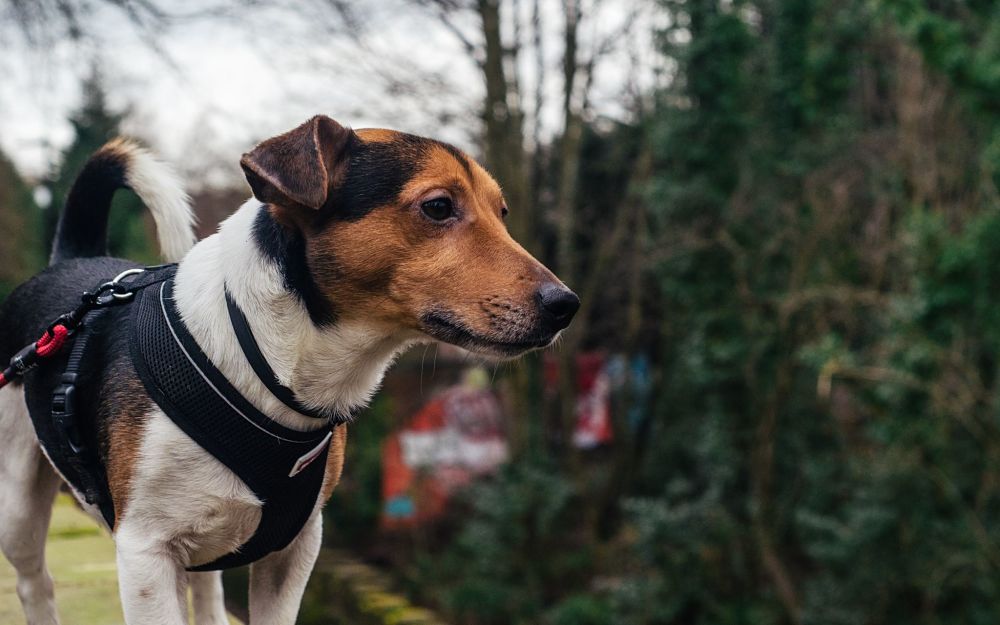
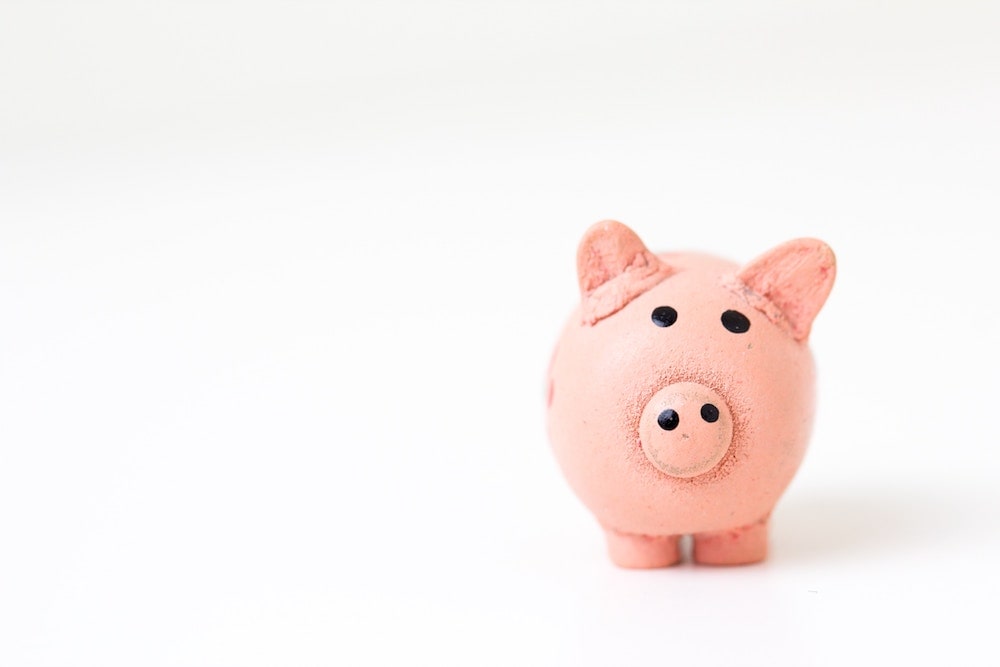



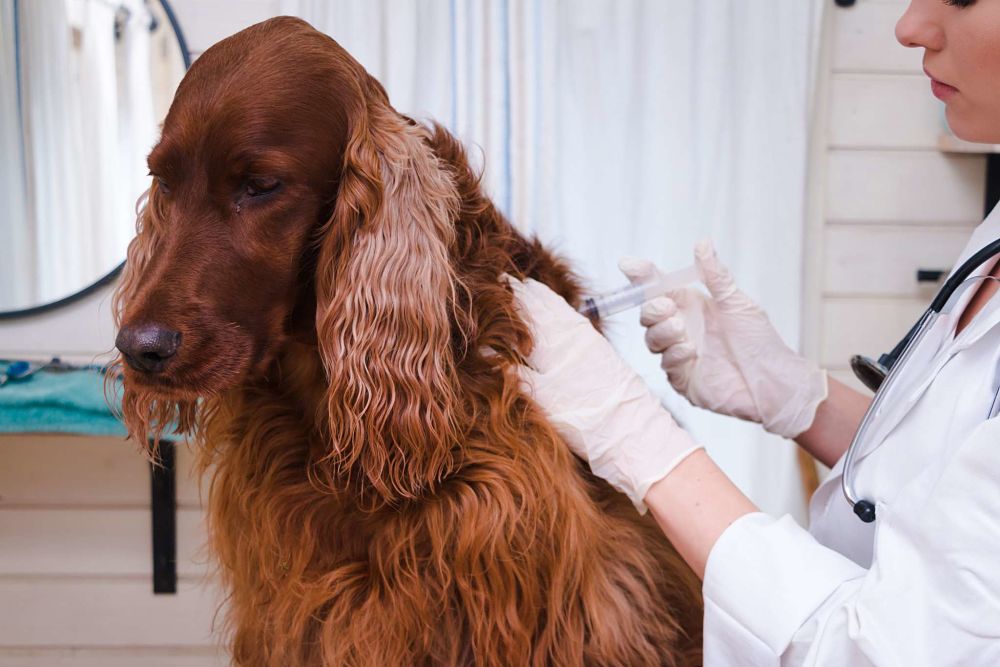
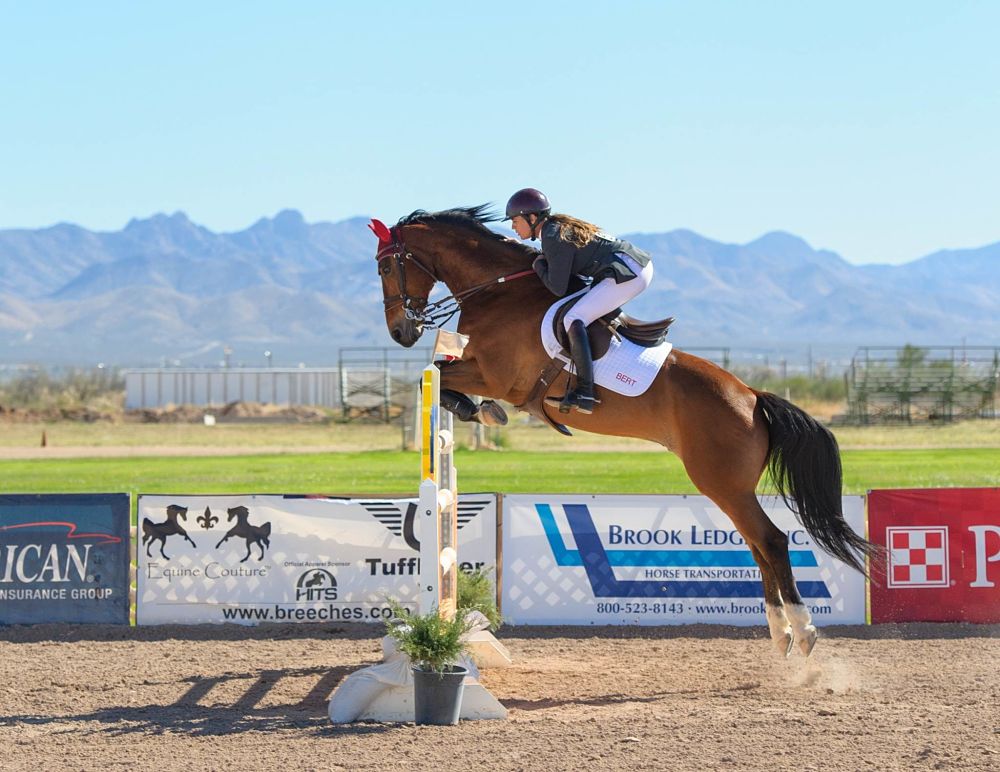



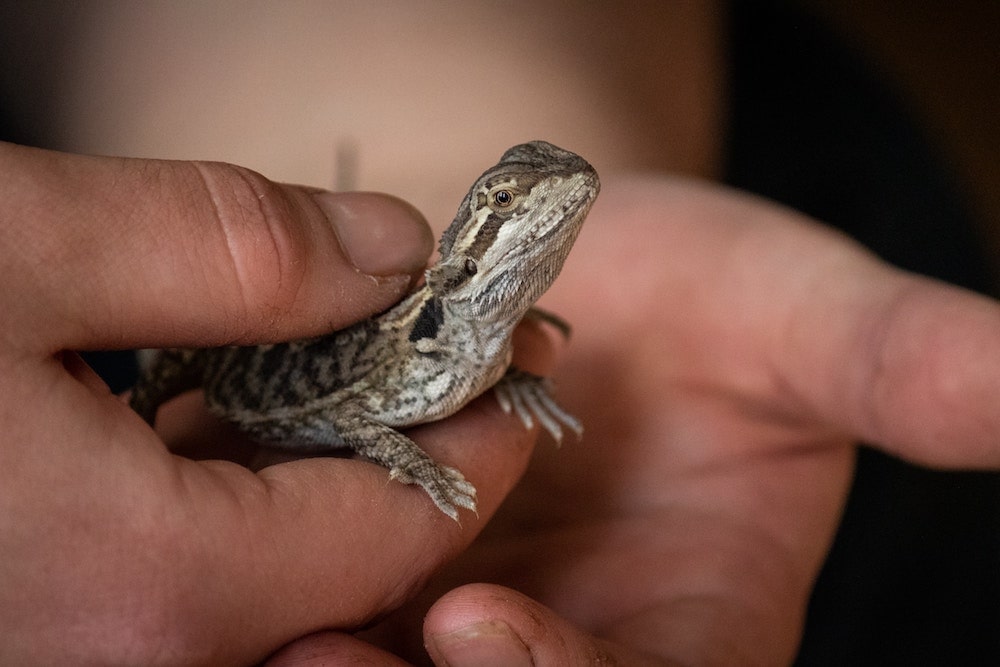

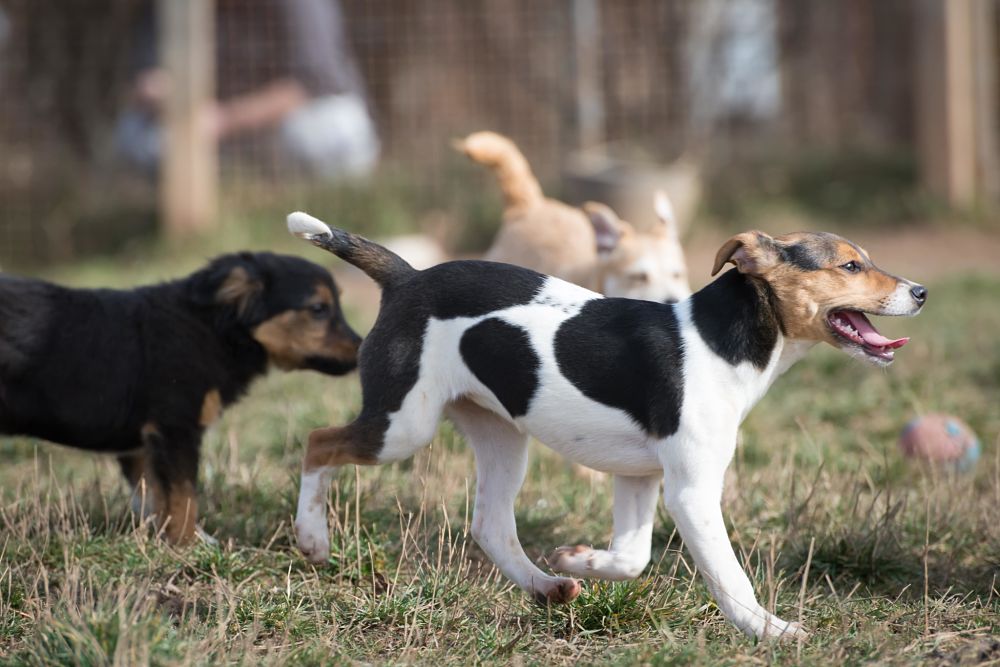


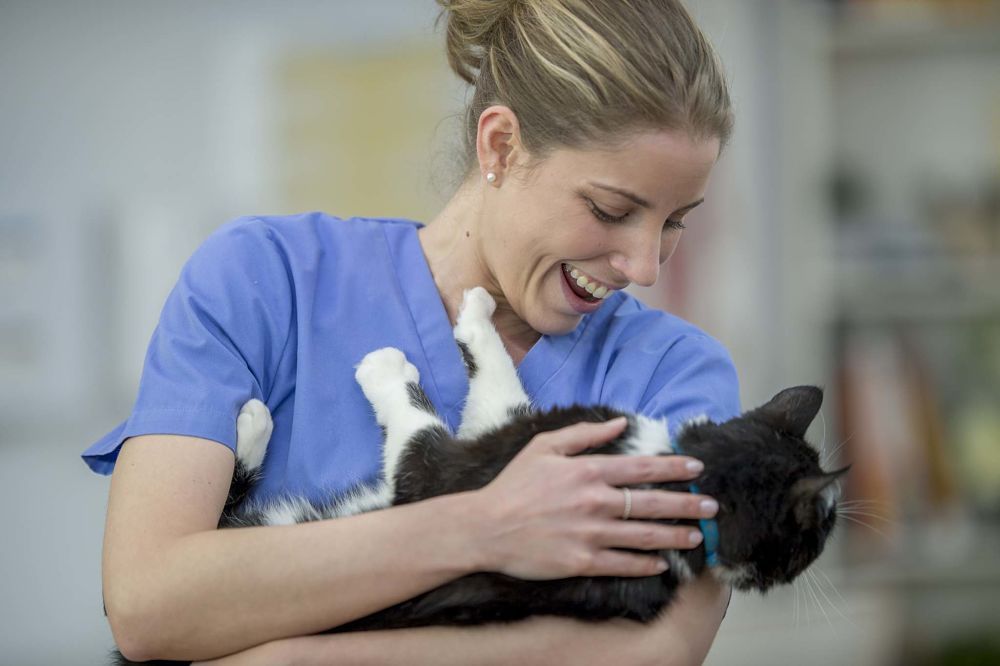
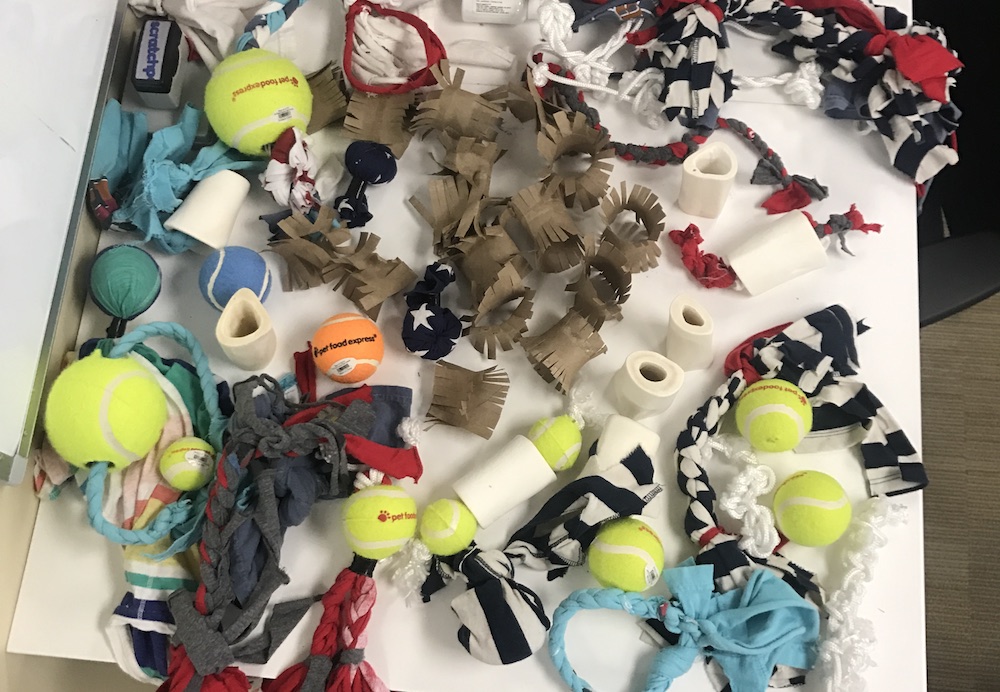
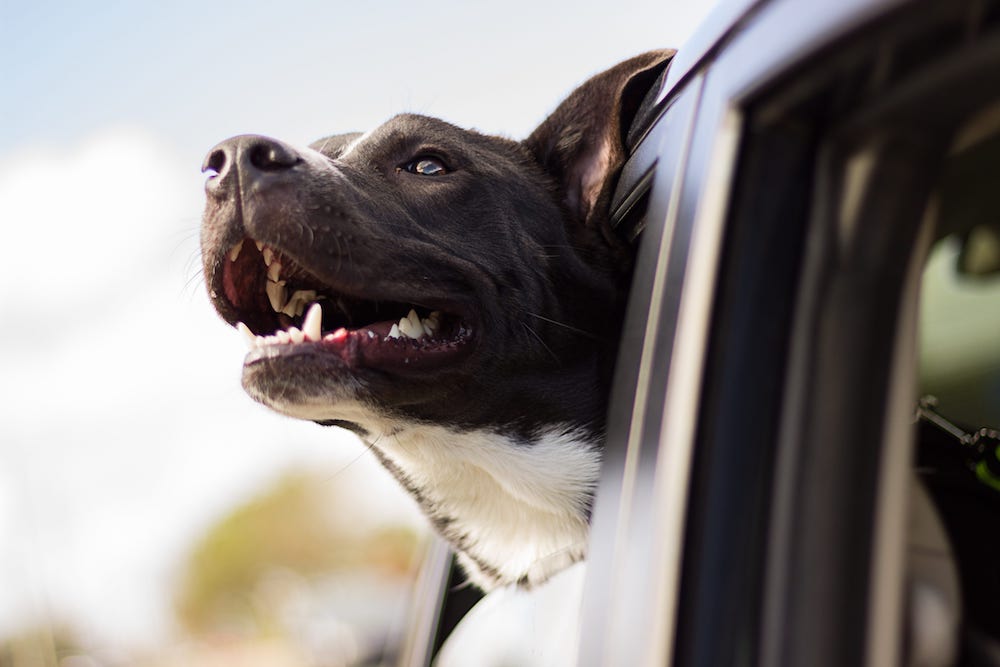
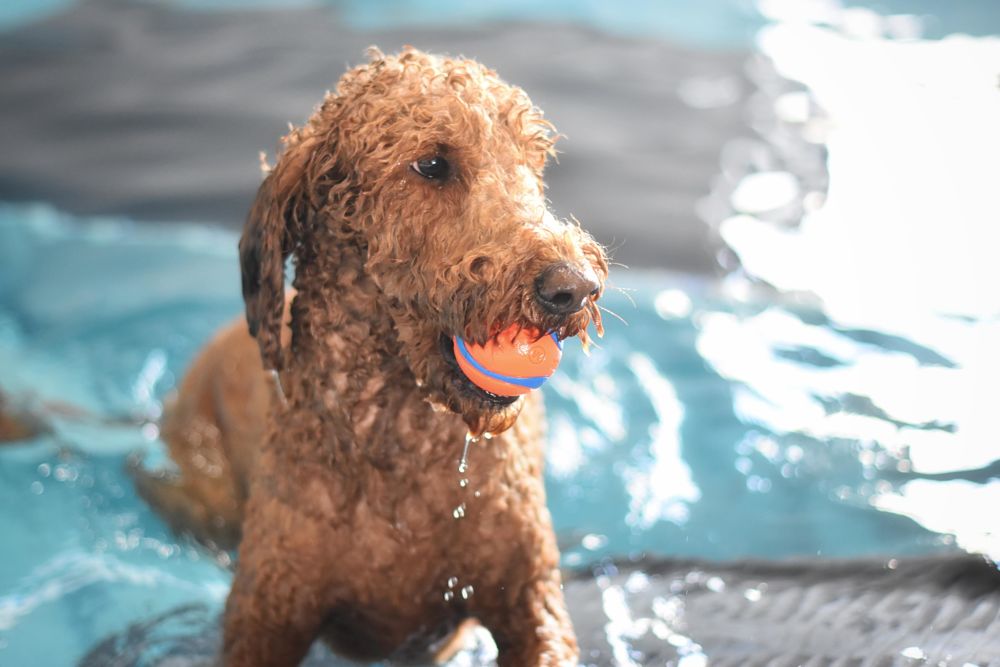



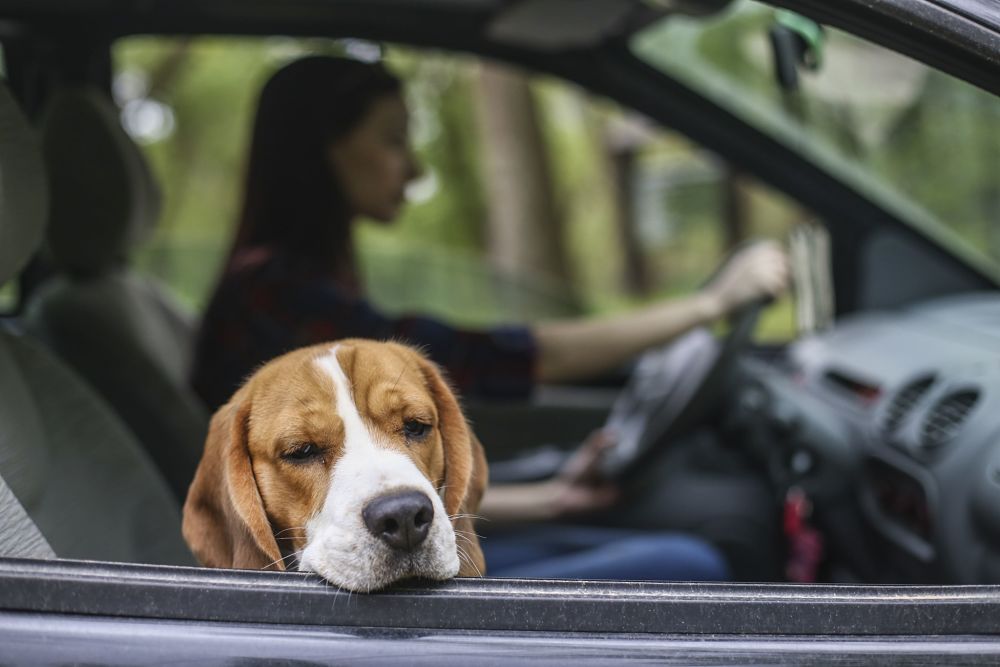
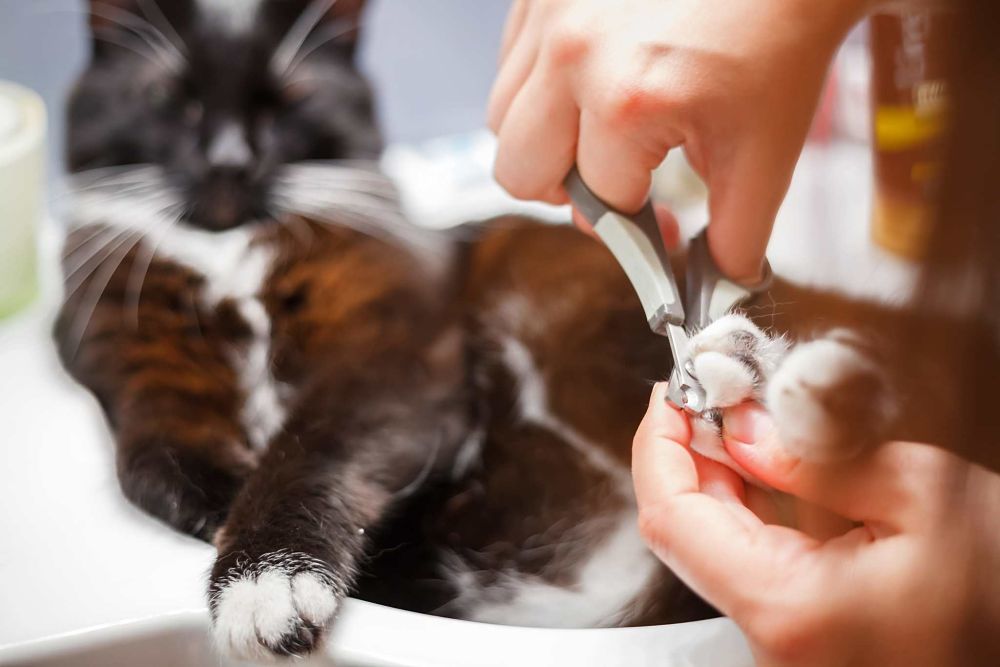
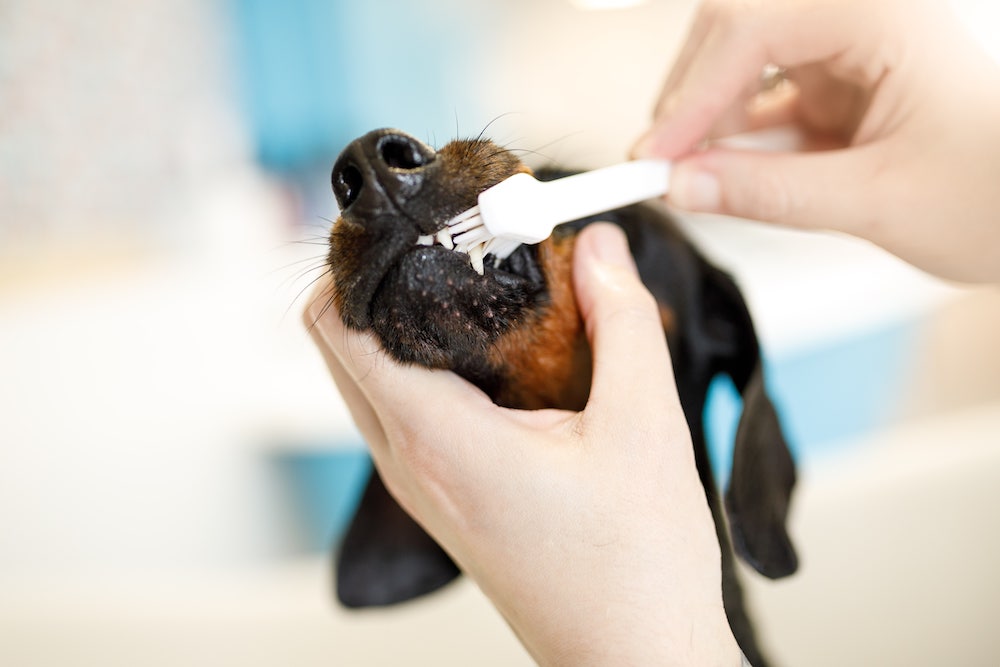
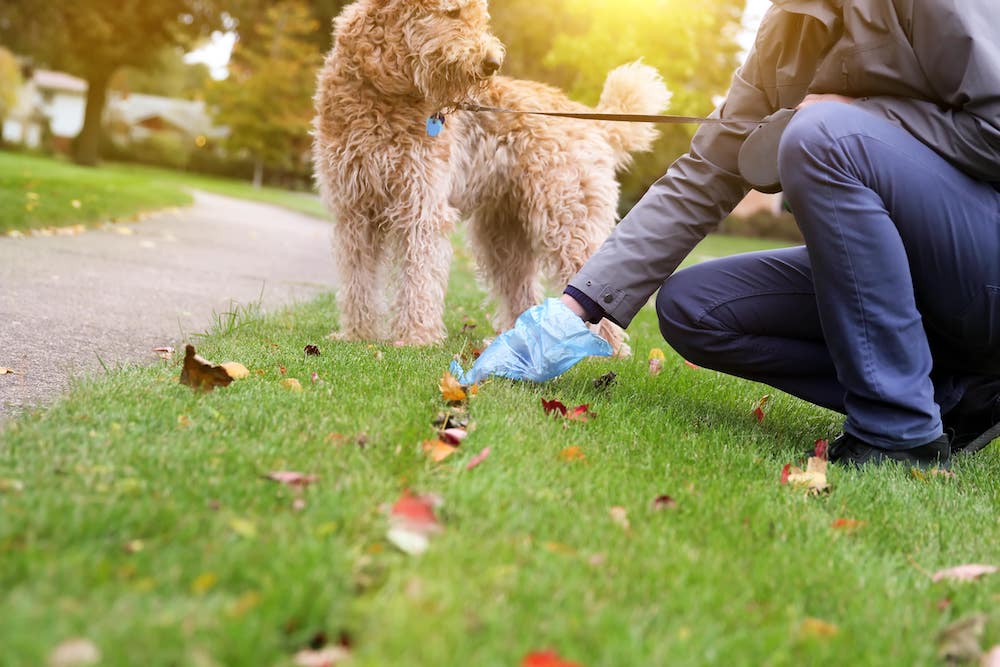
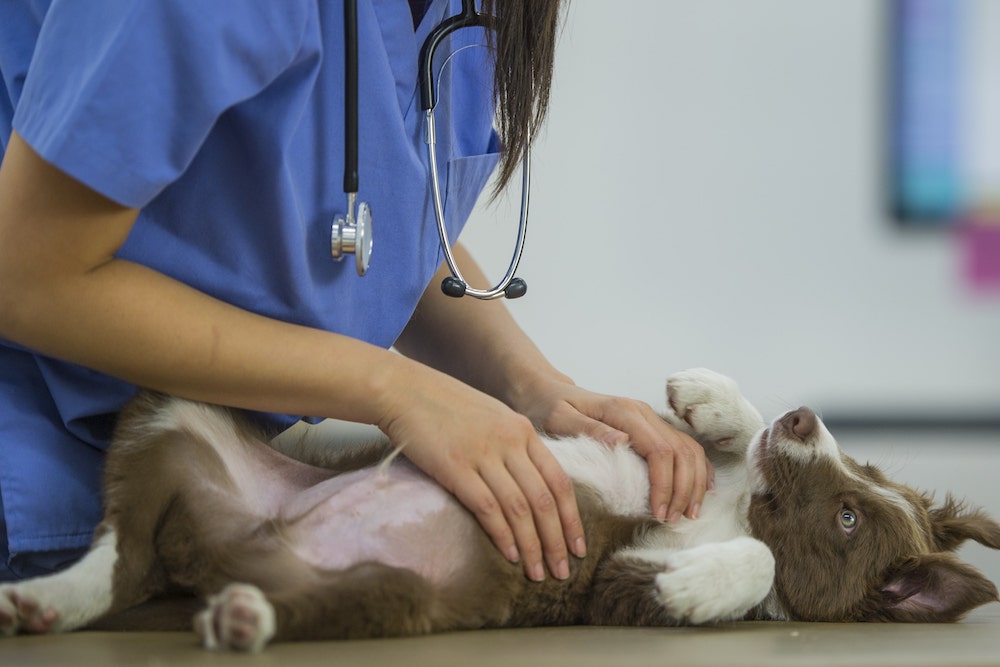
.jpg)
